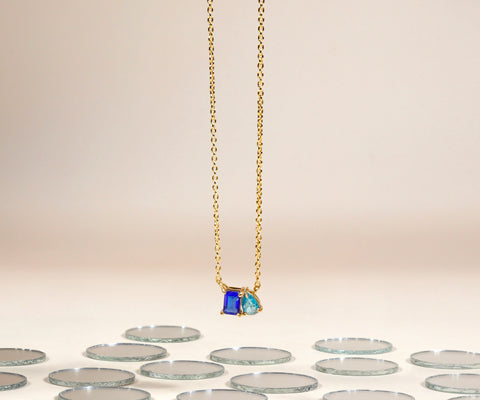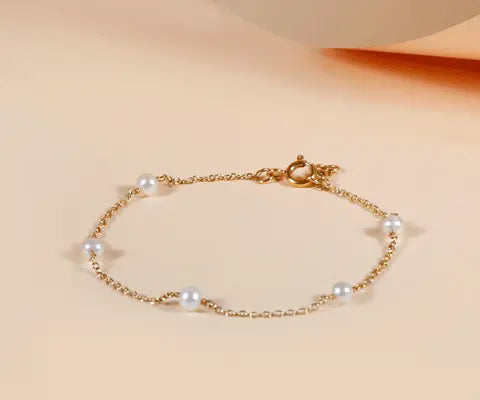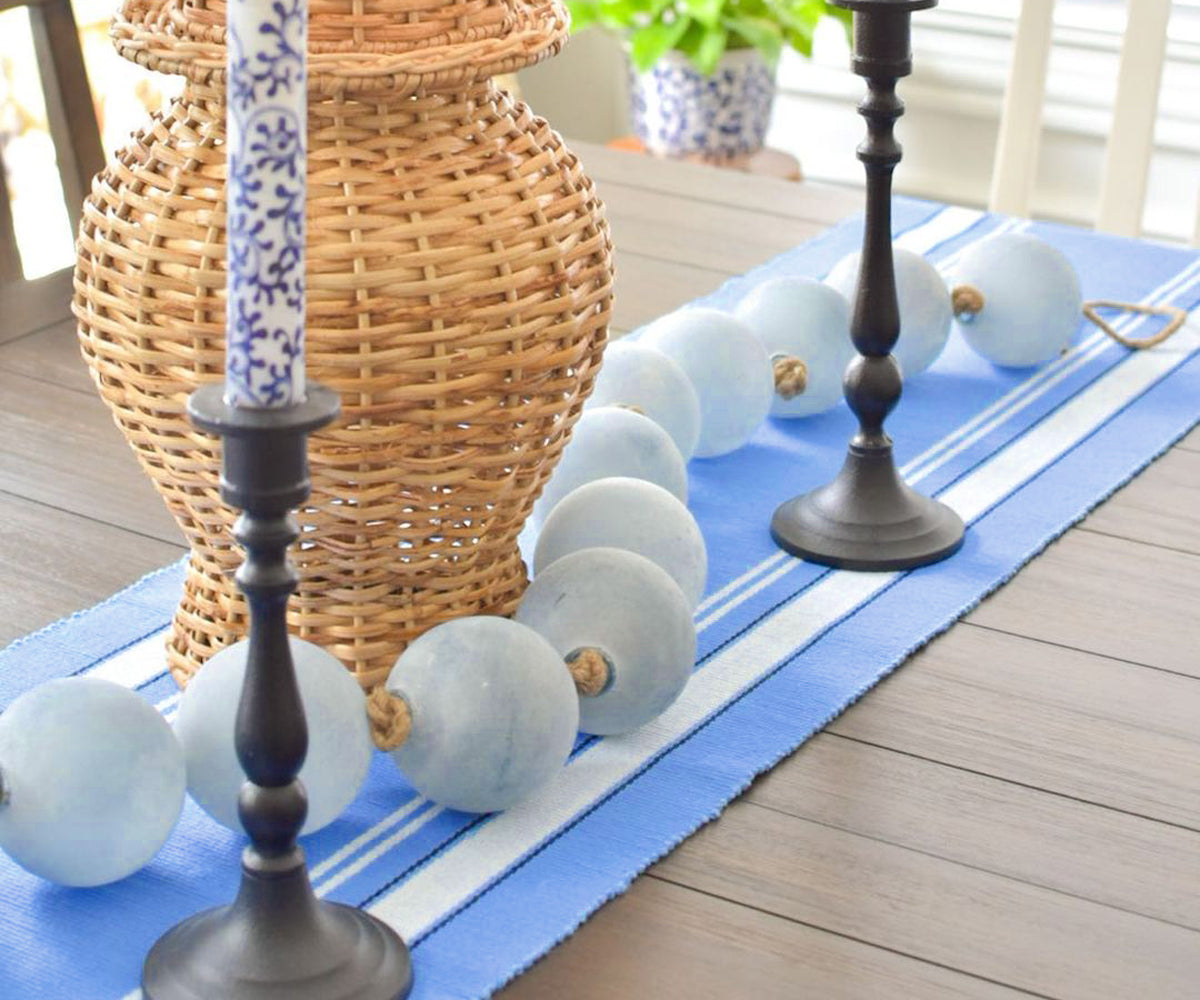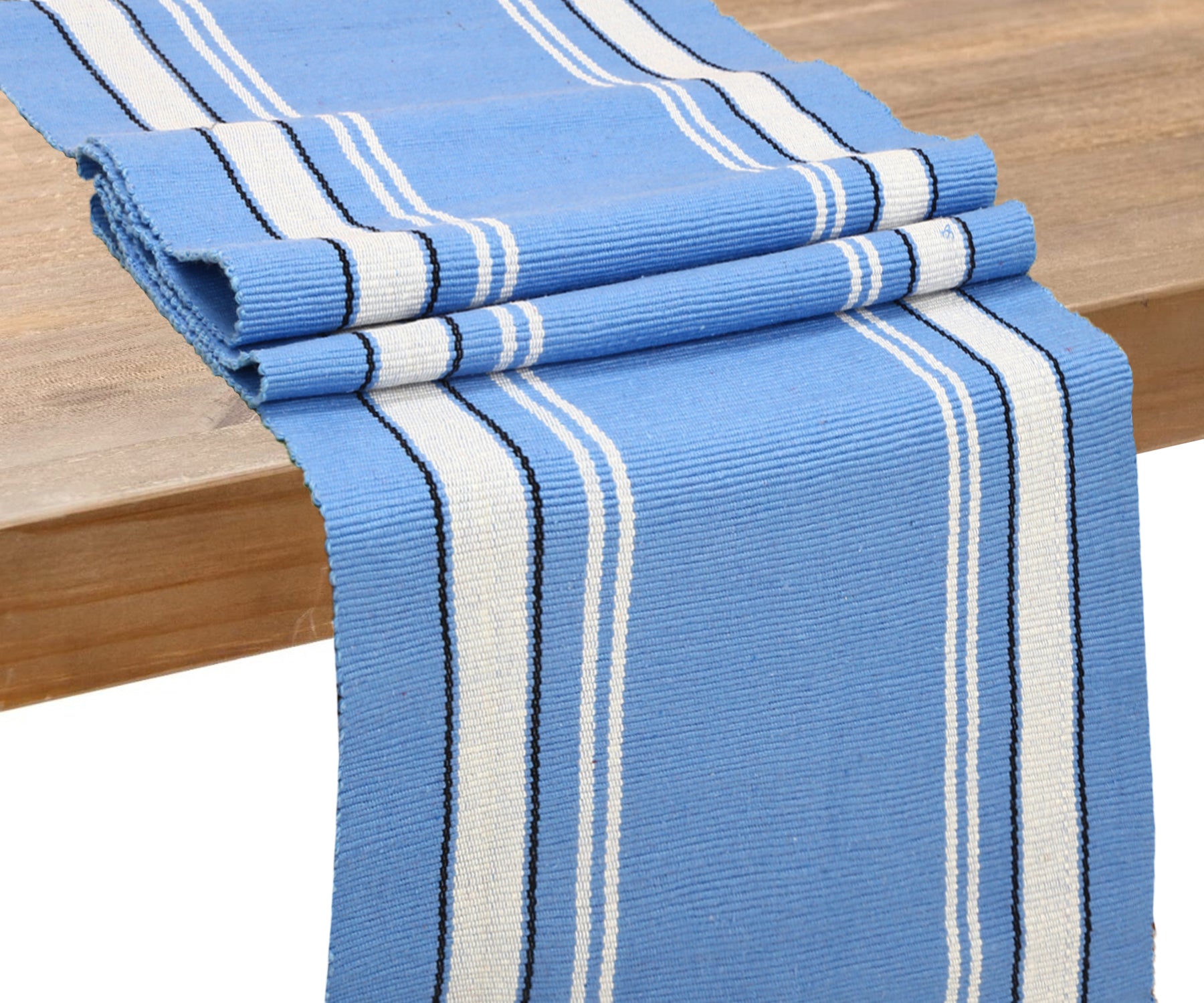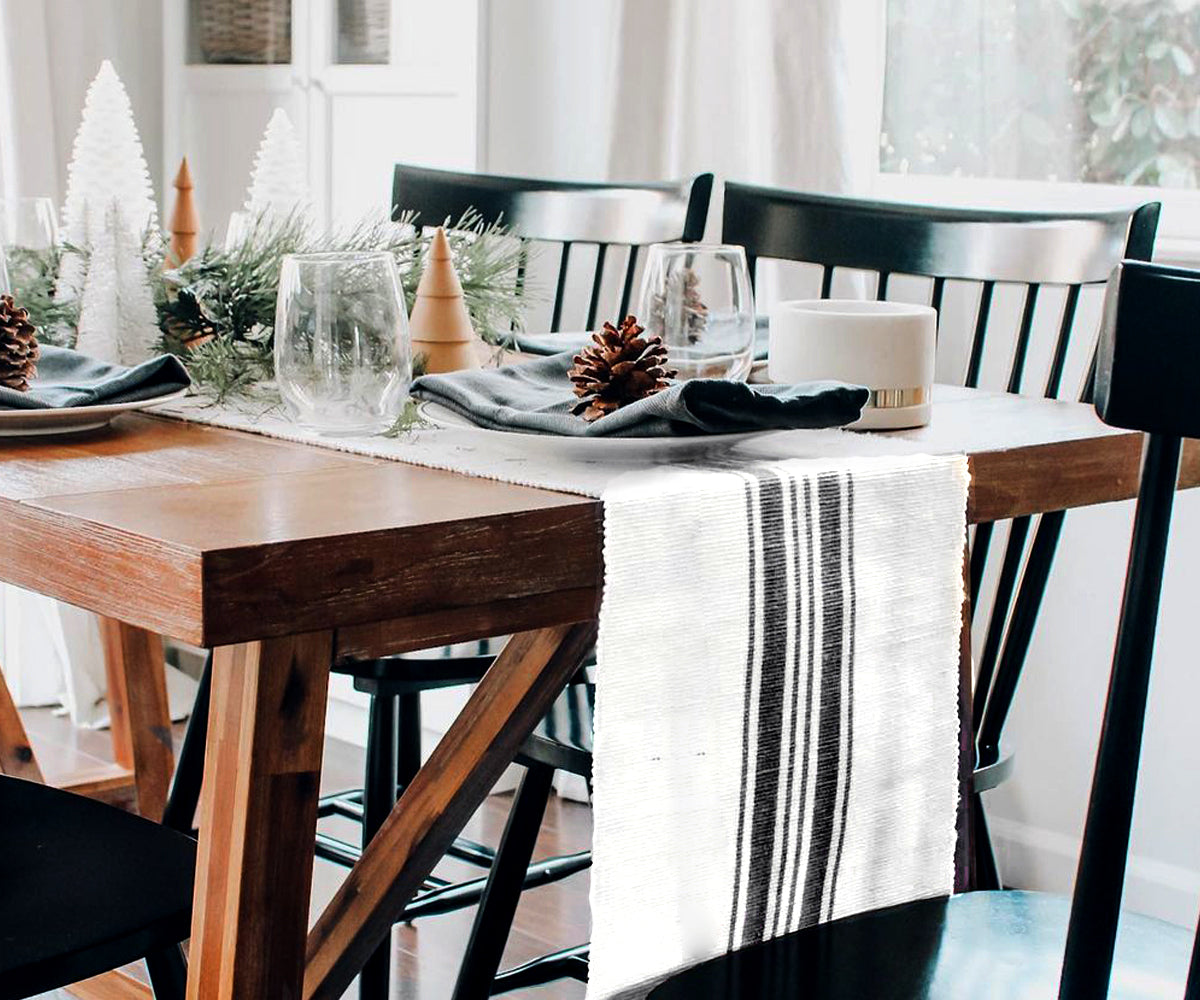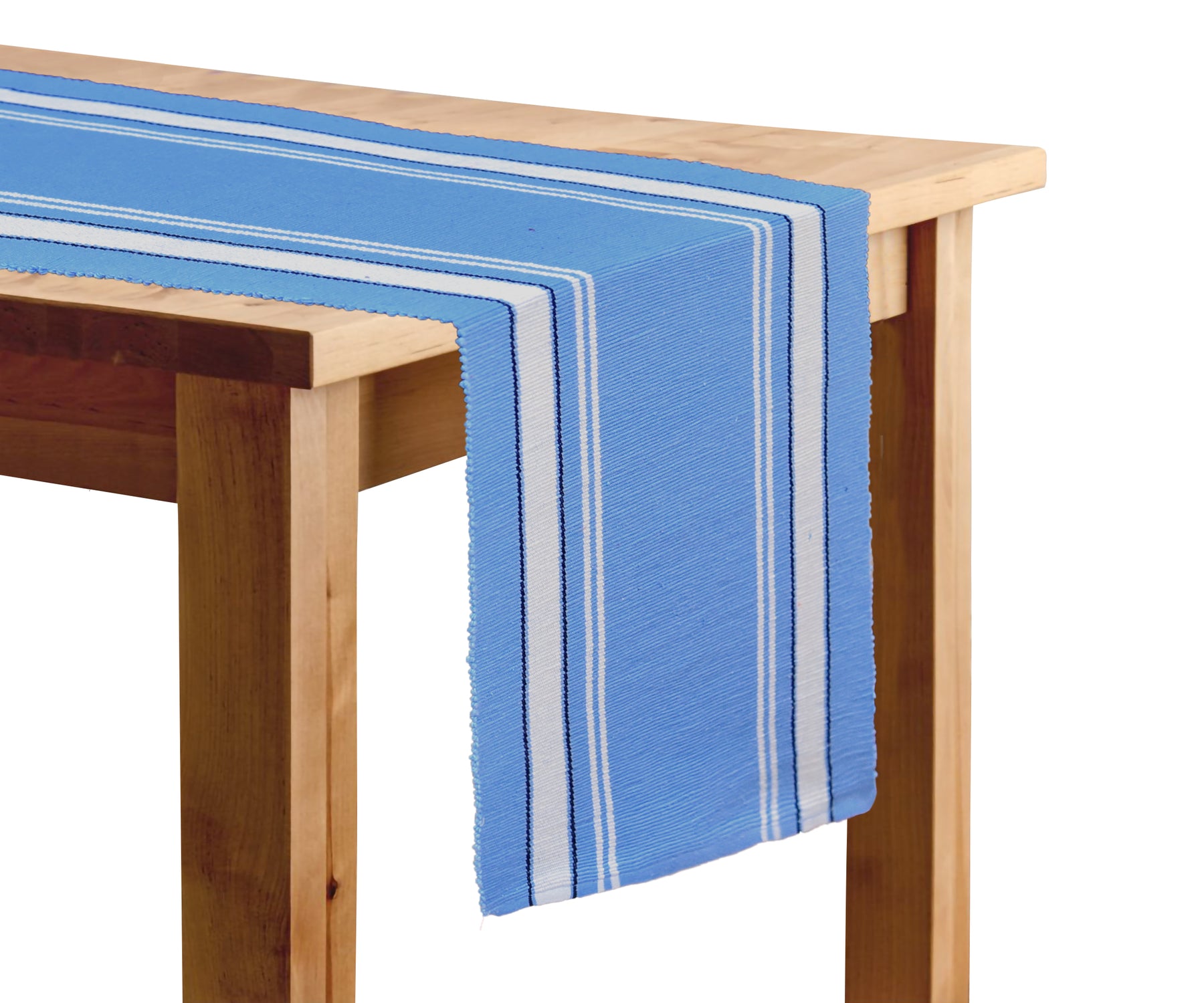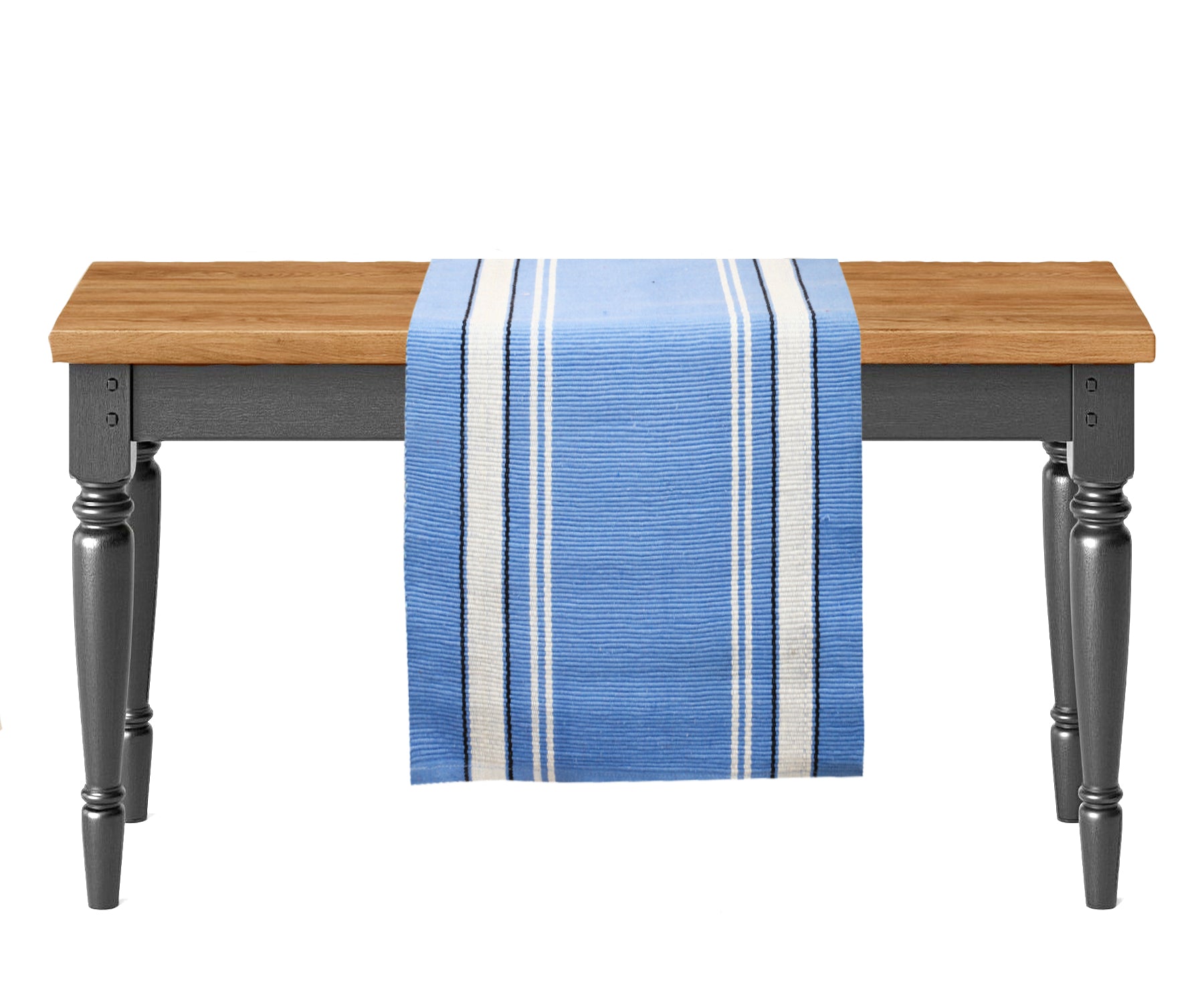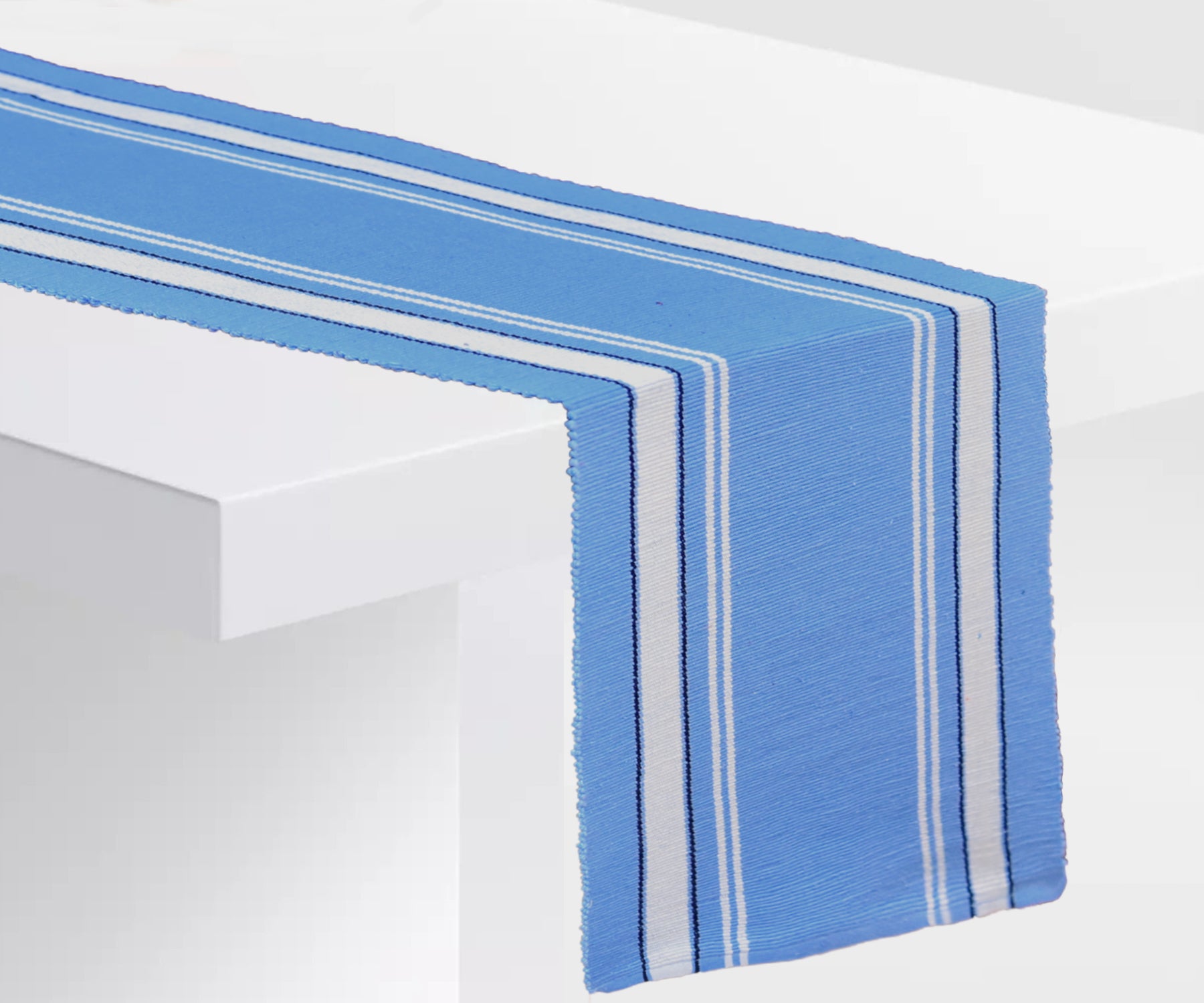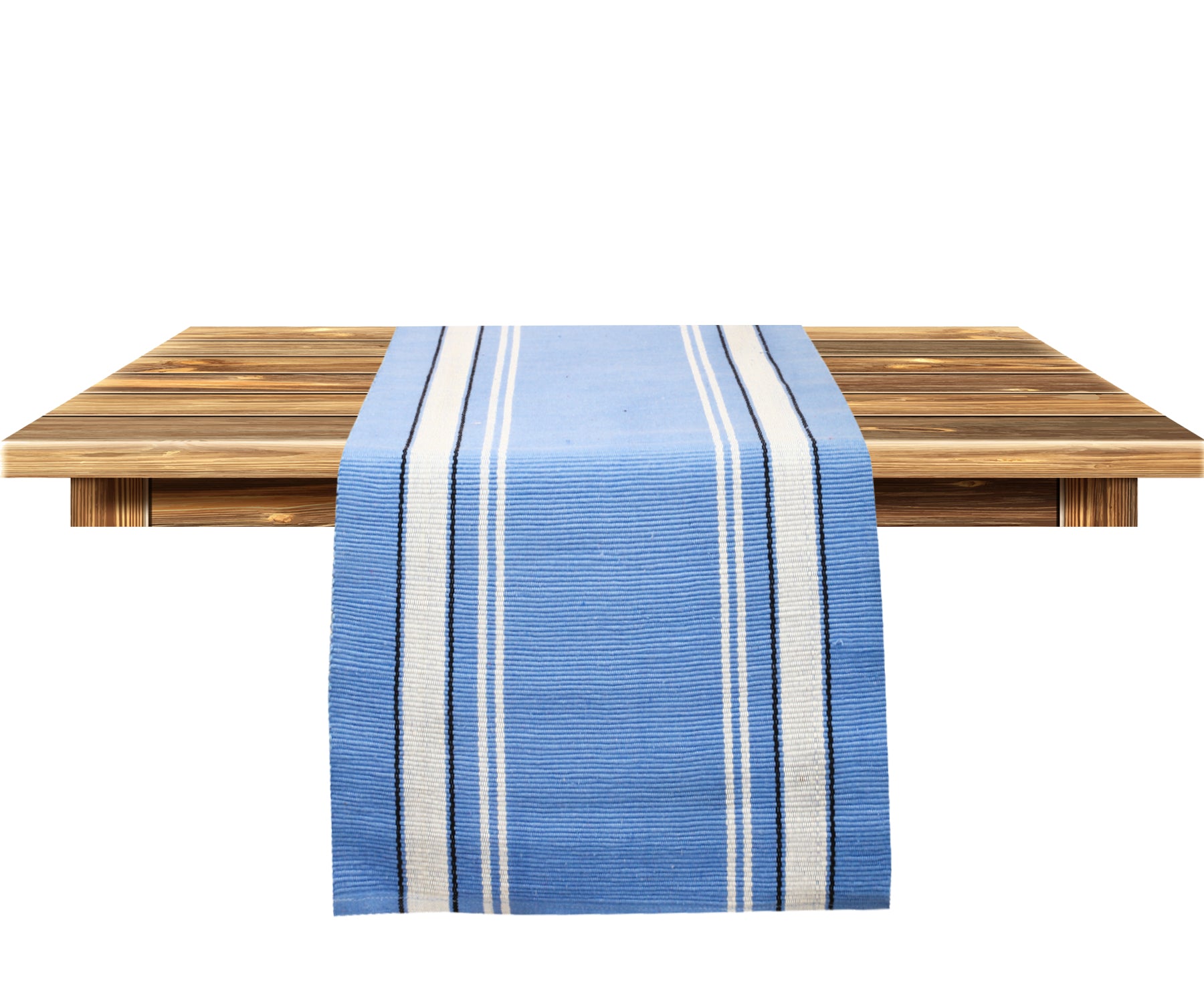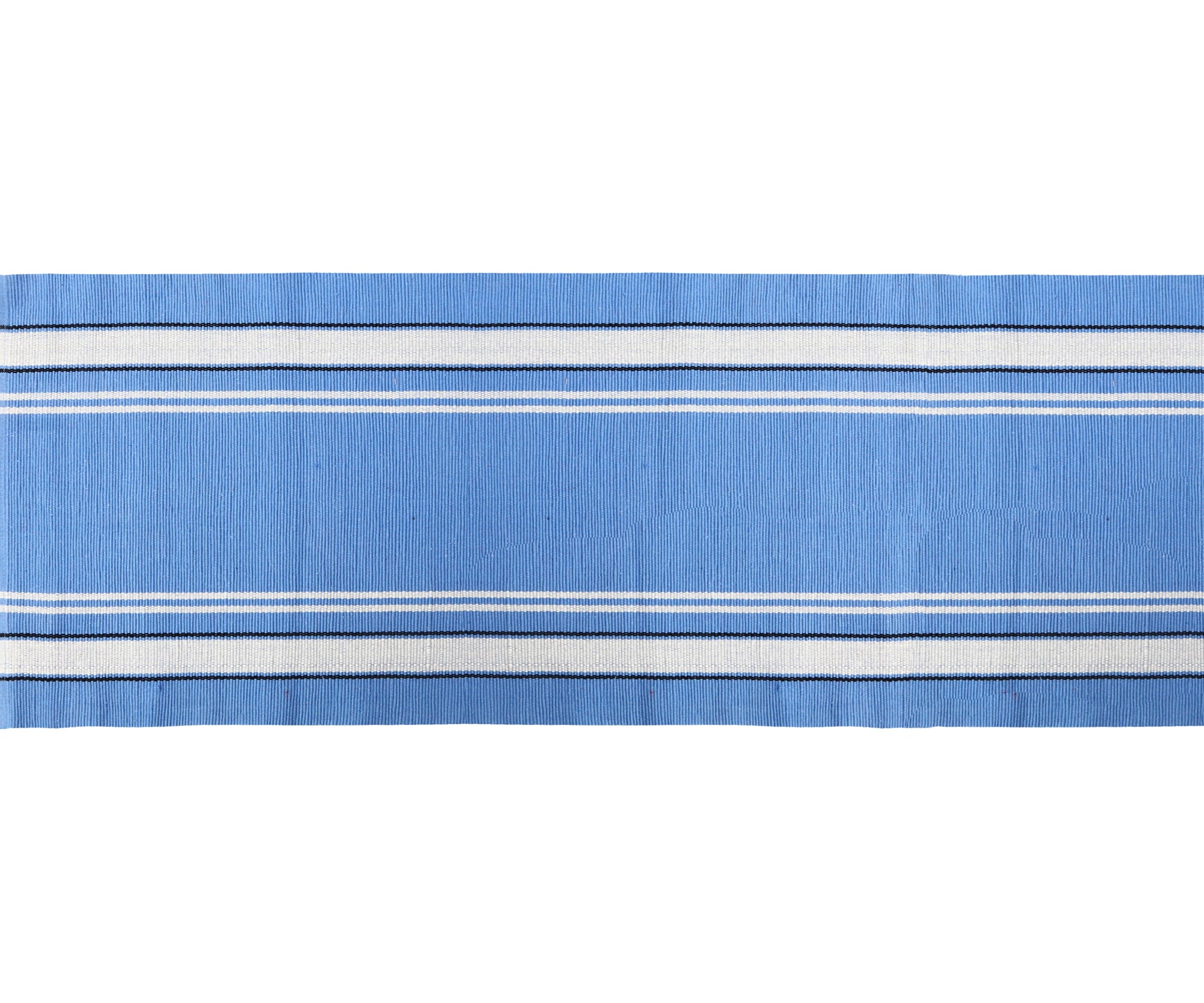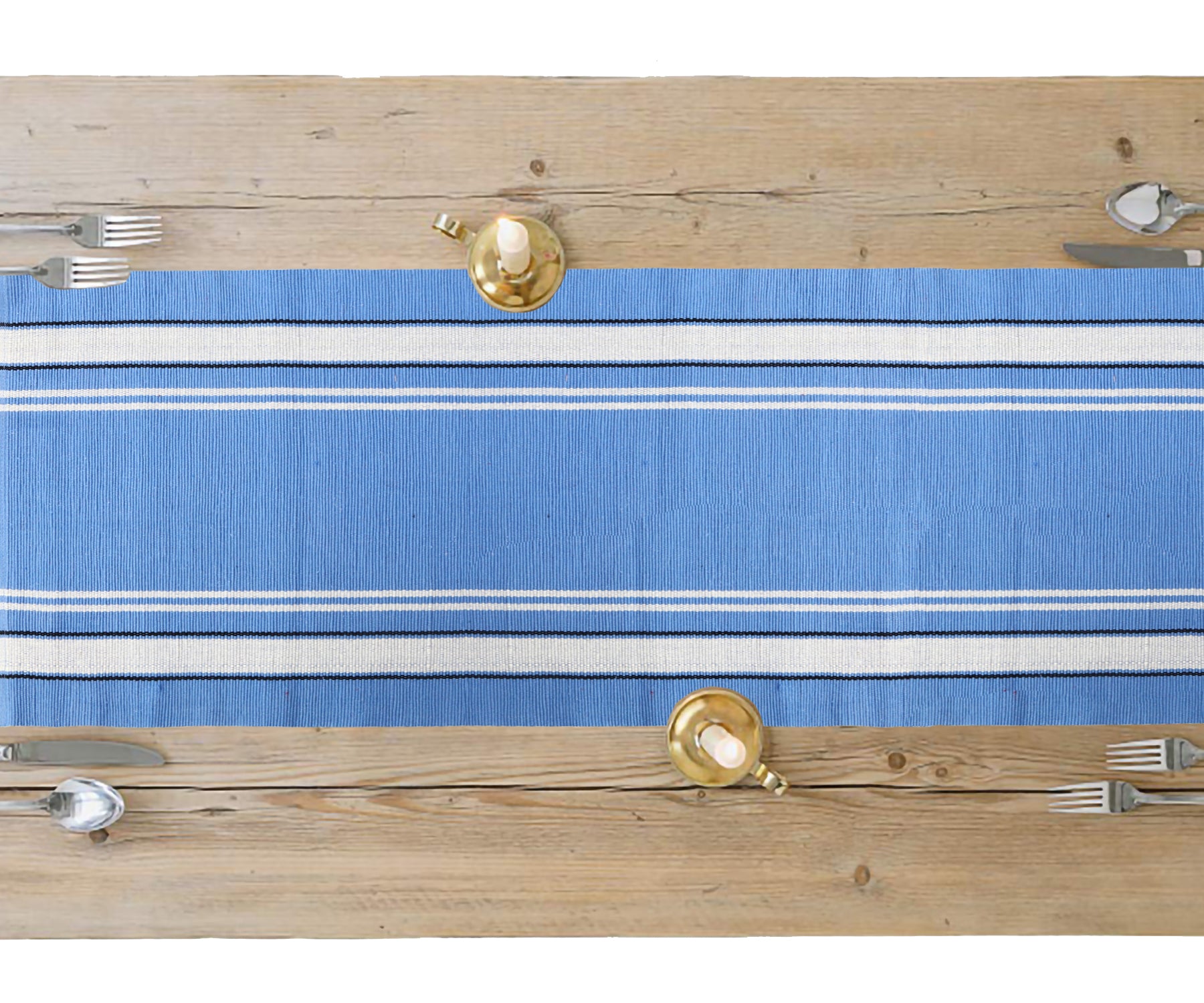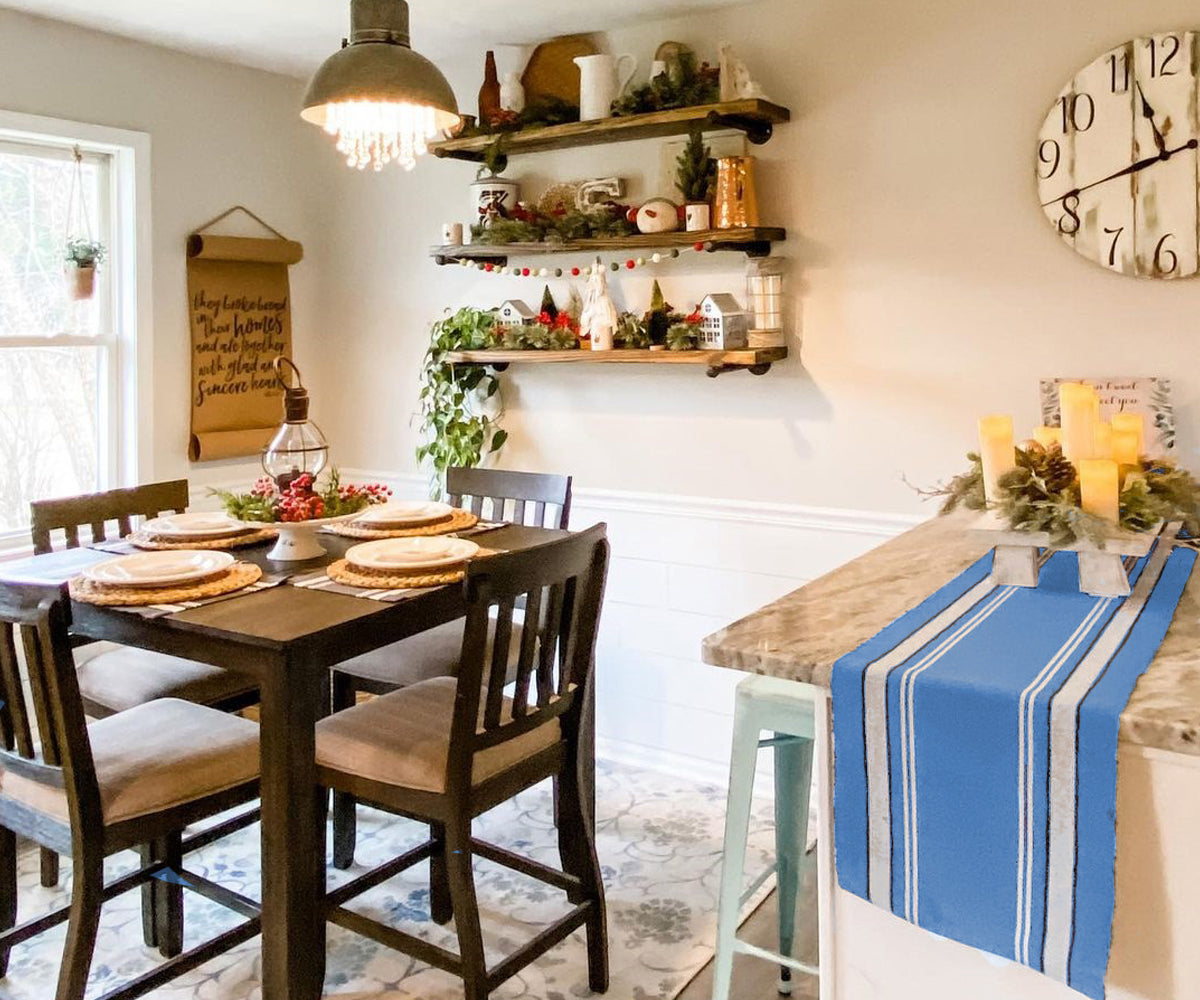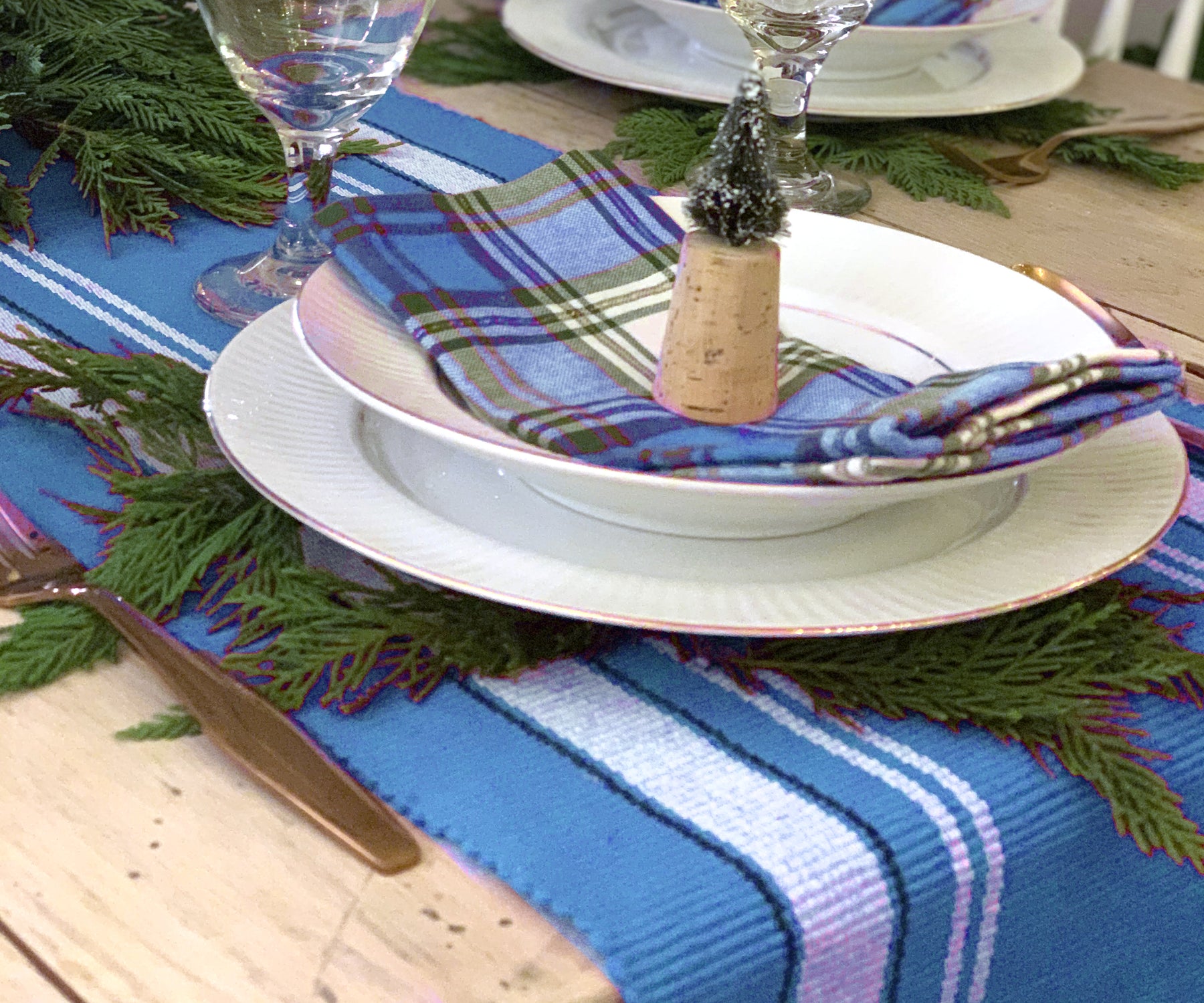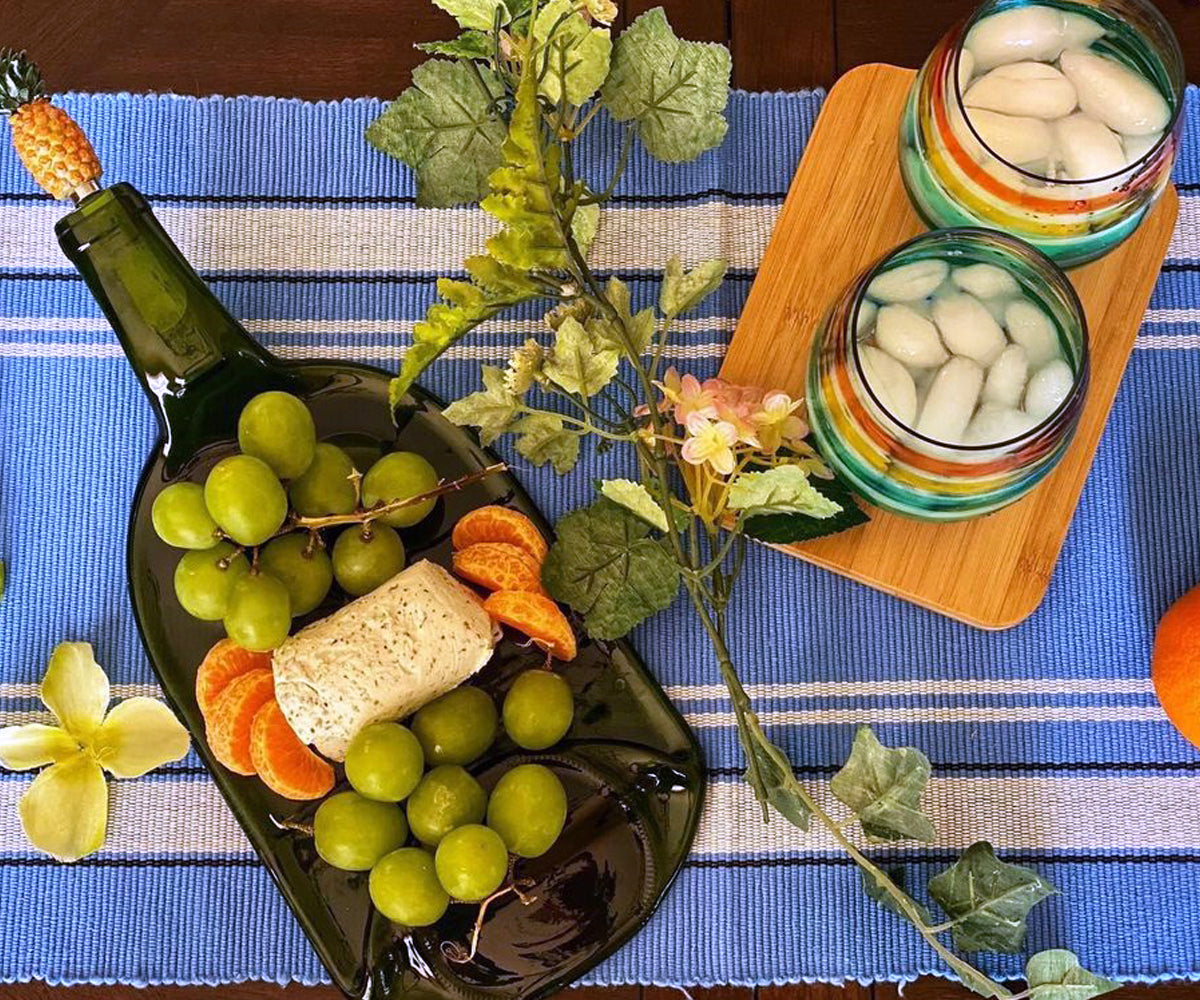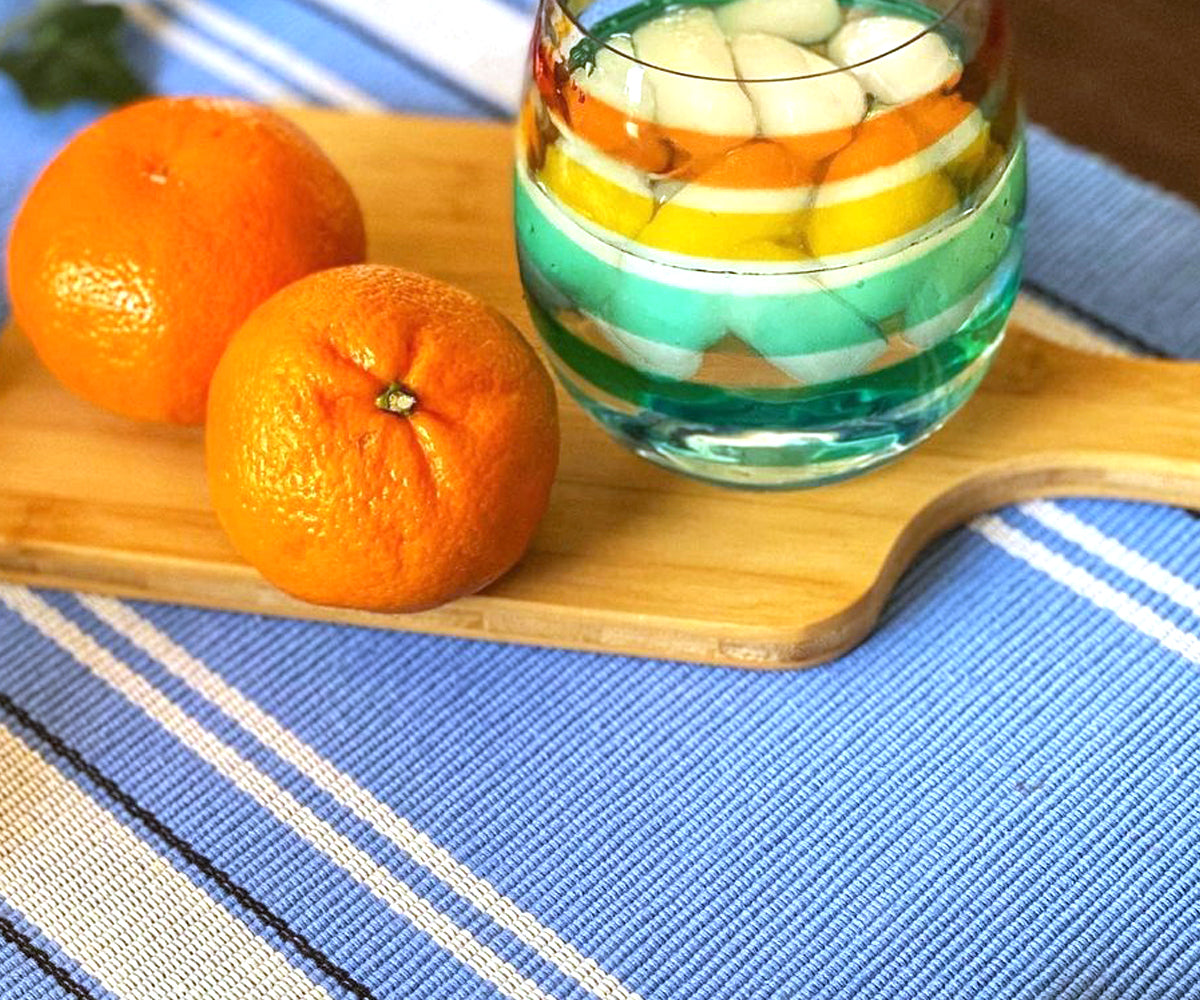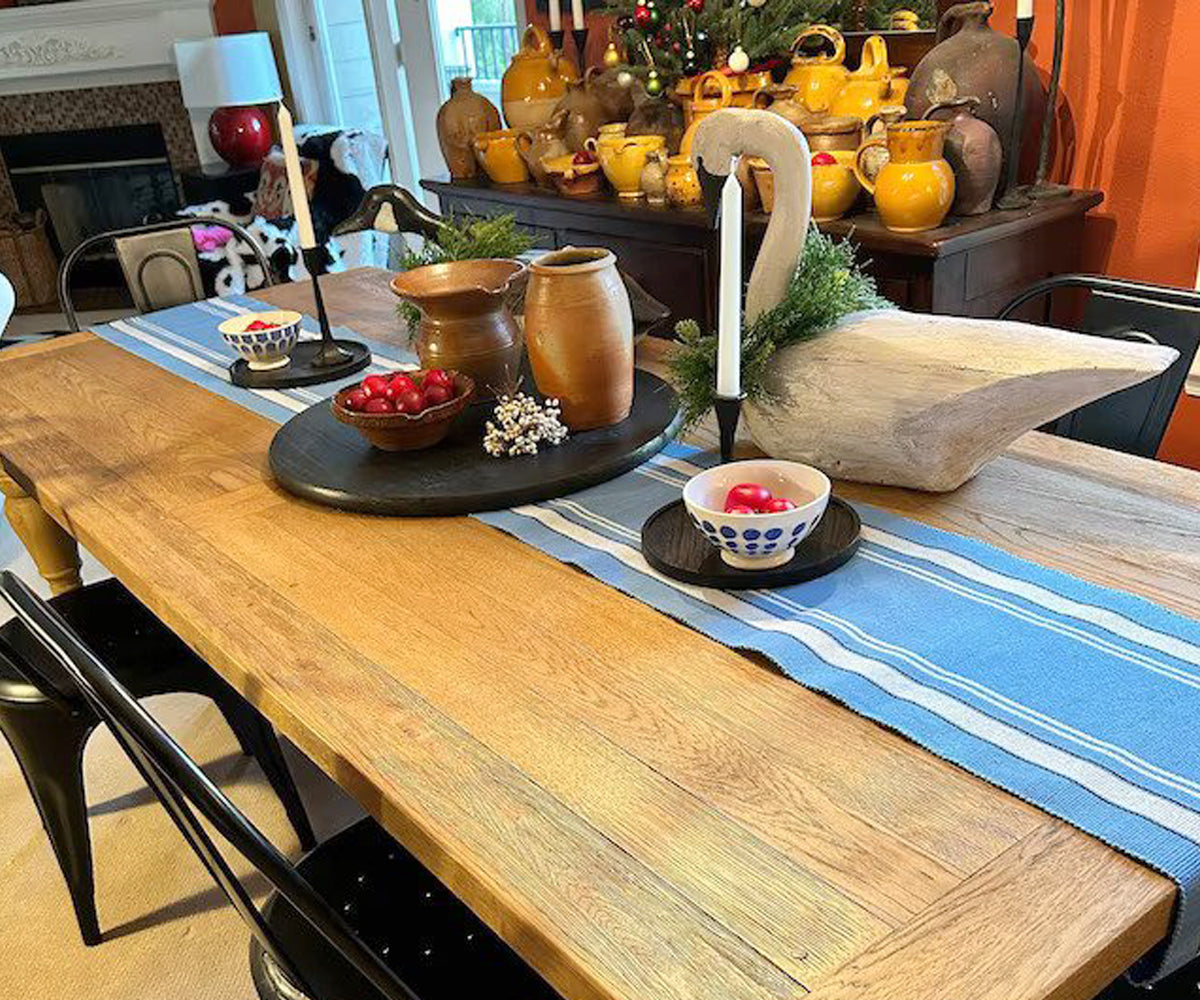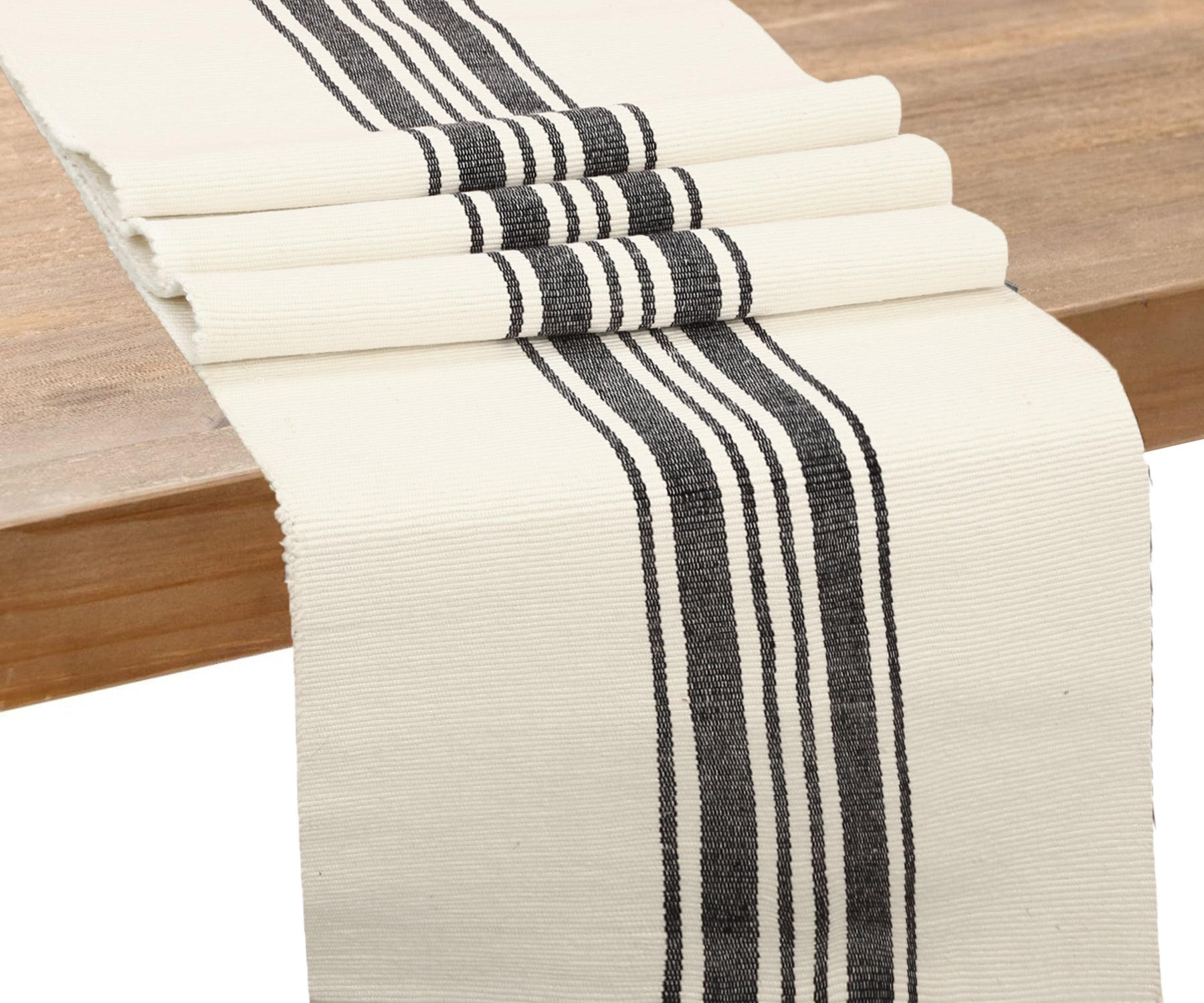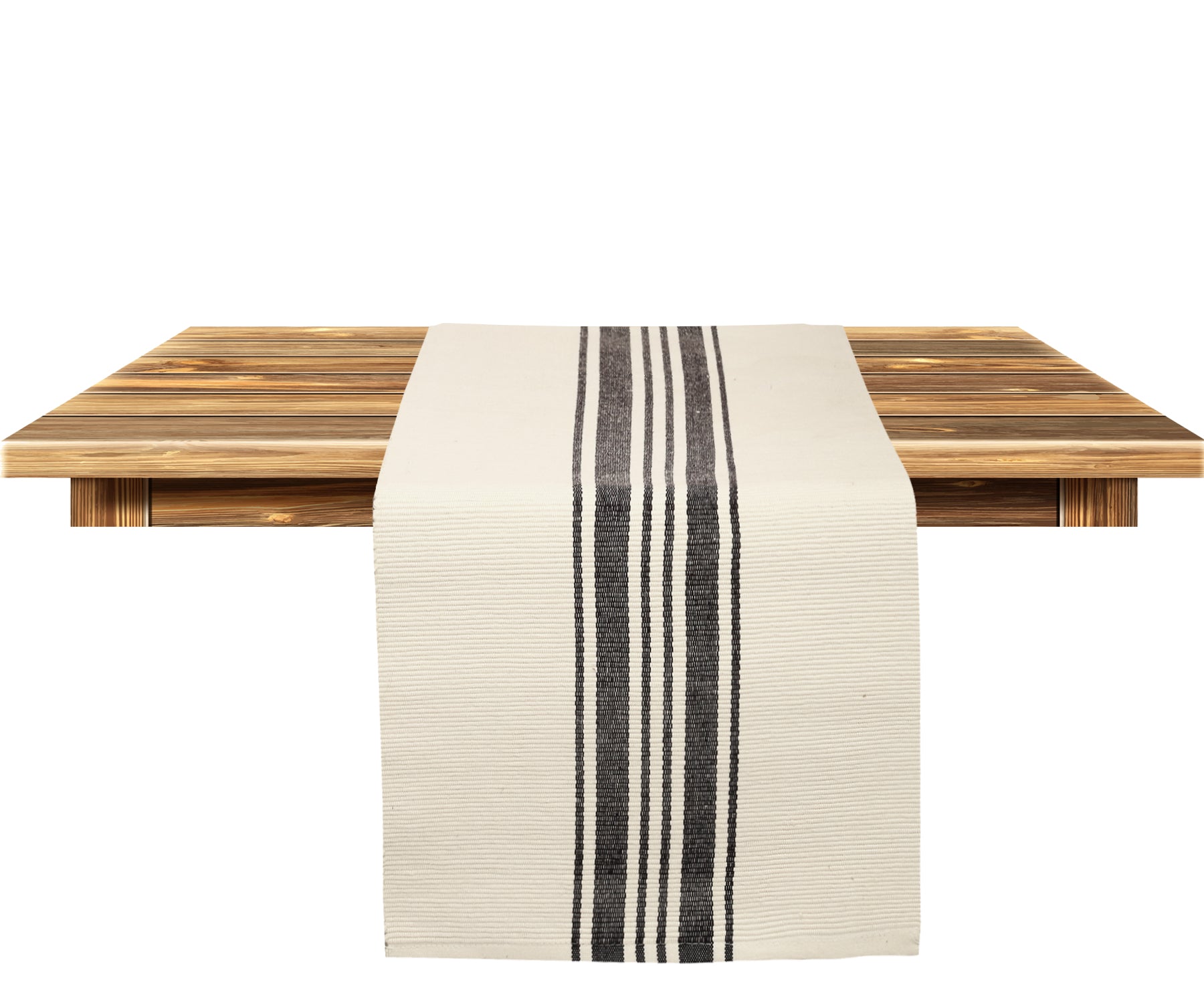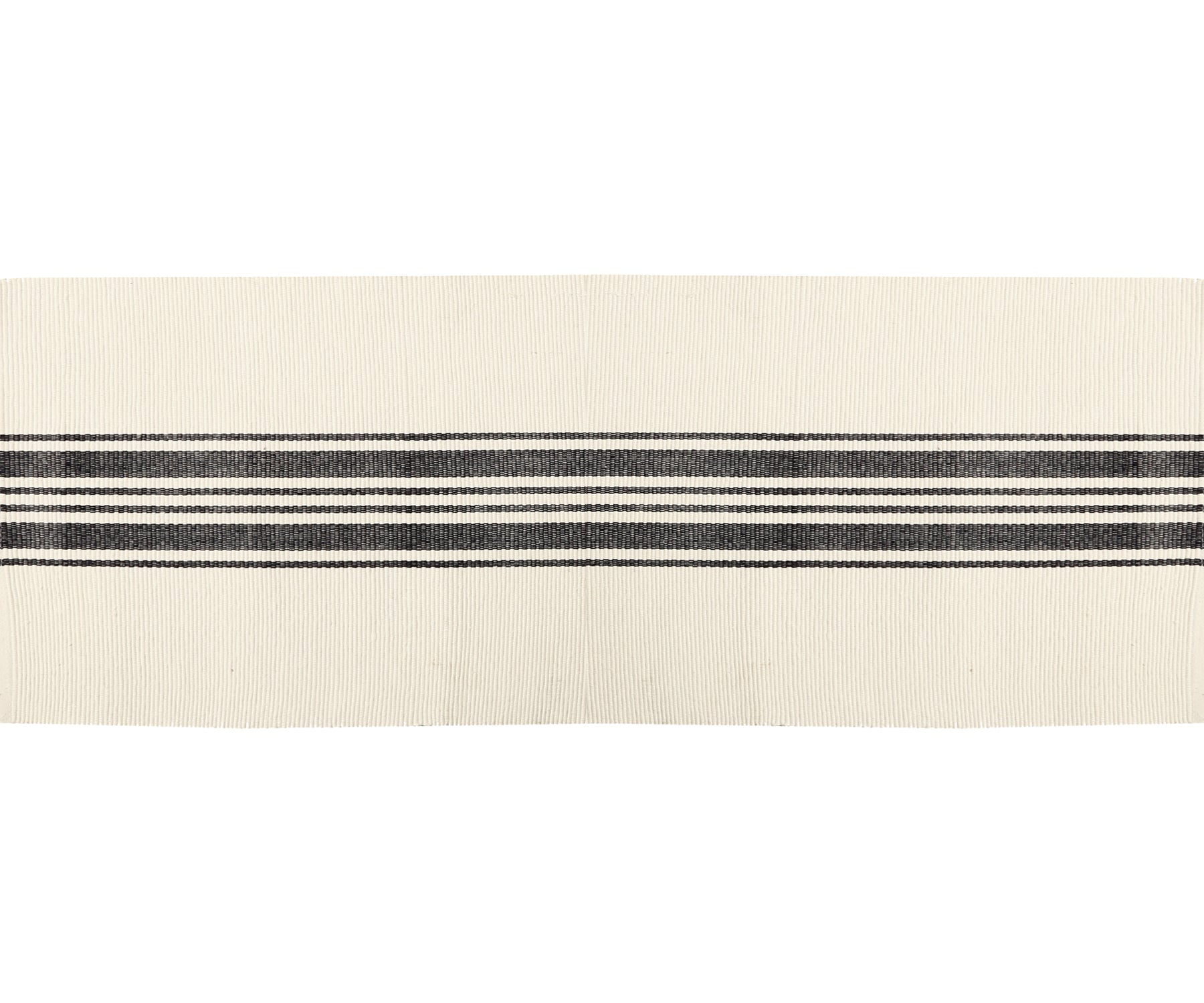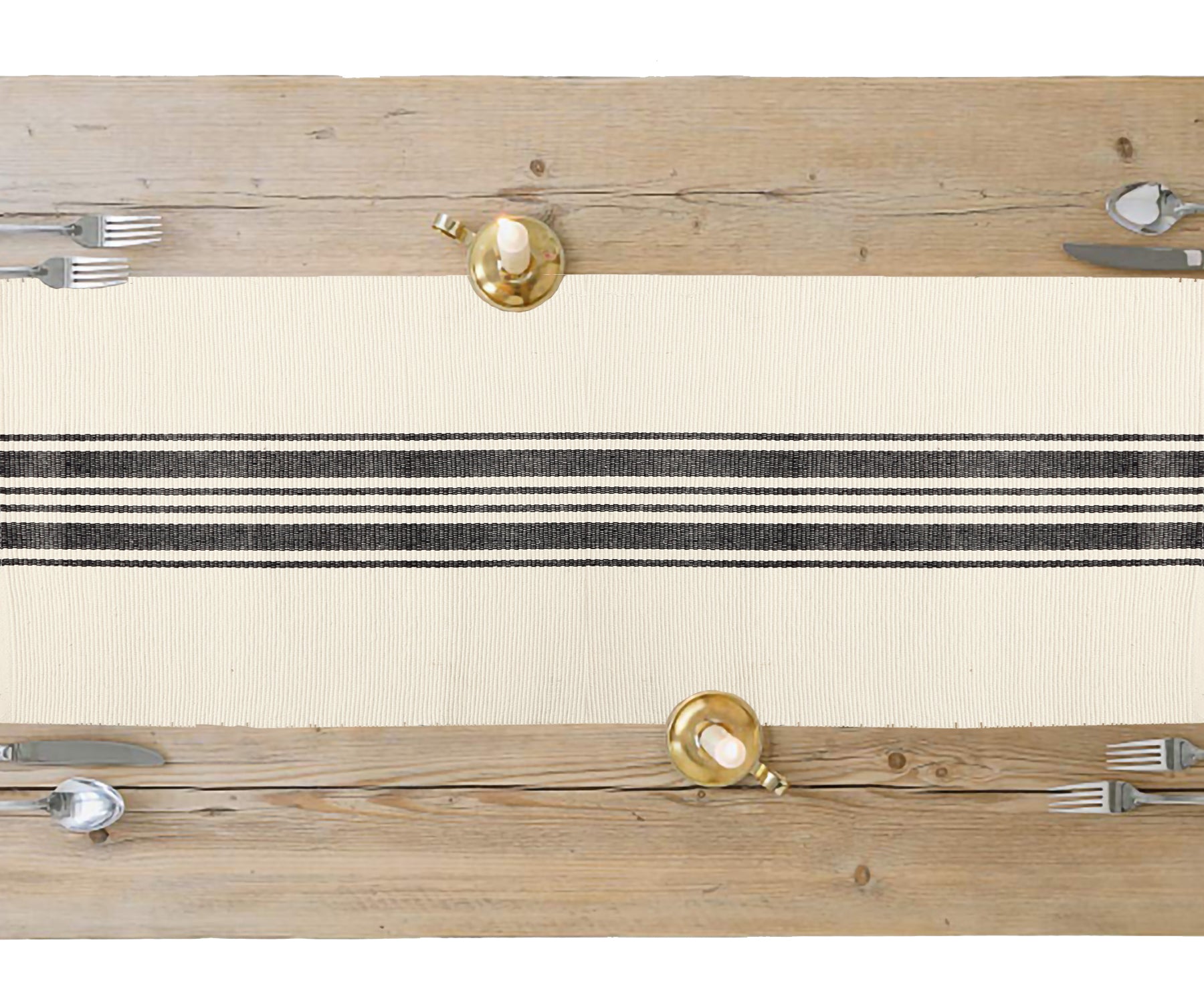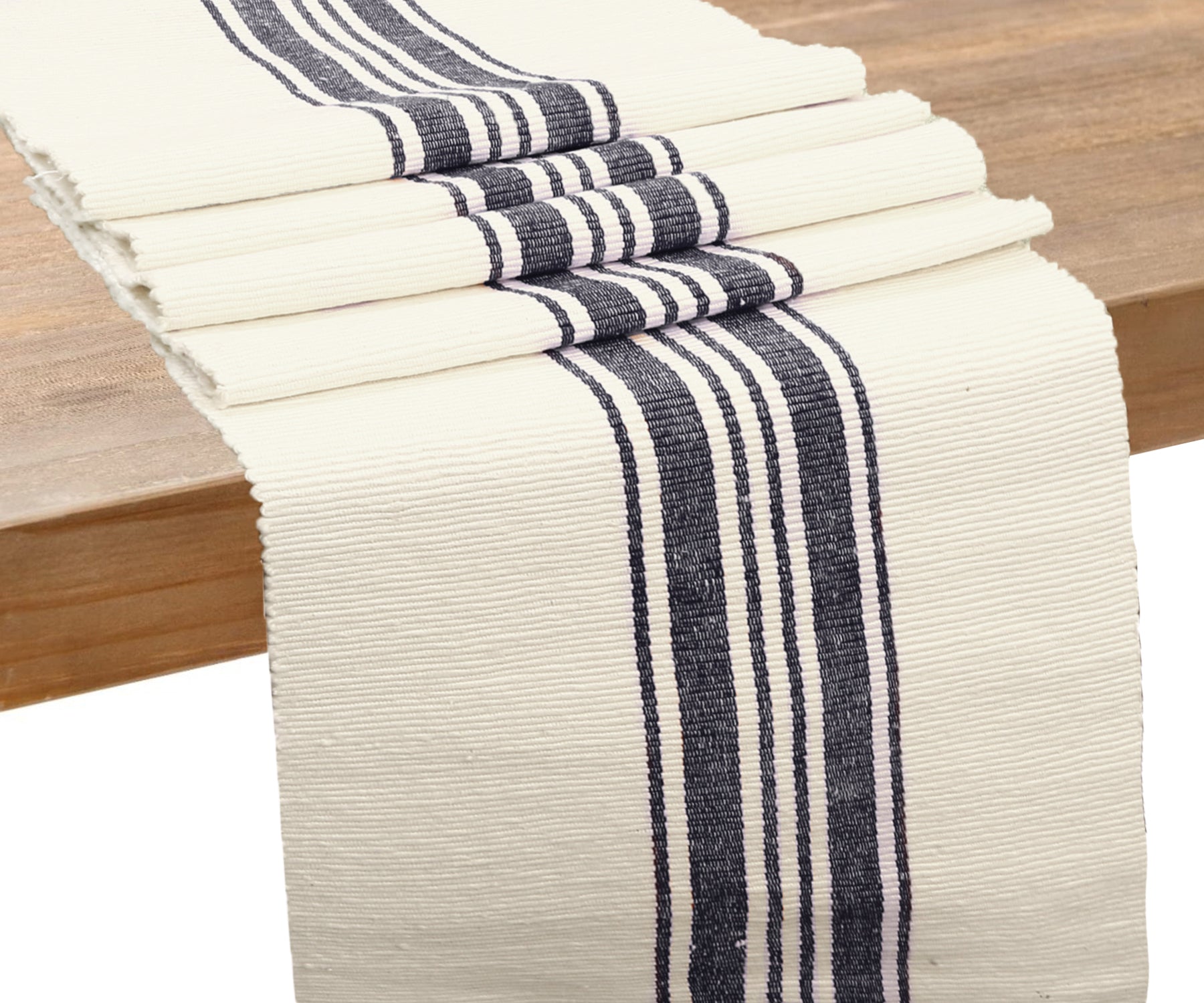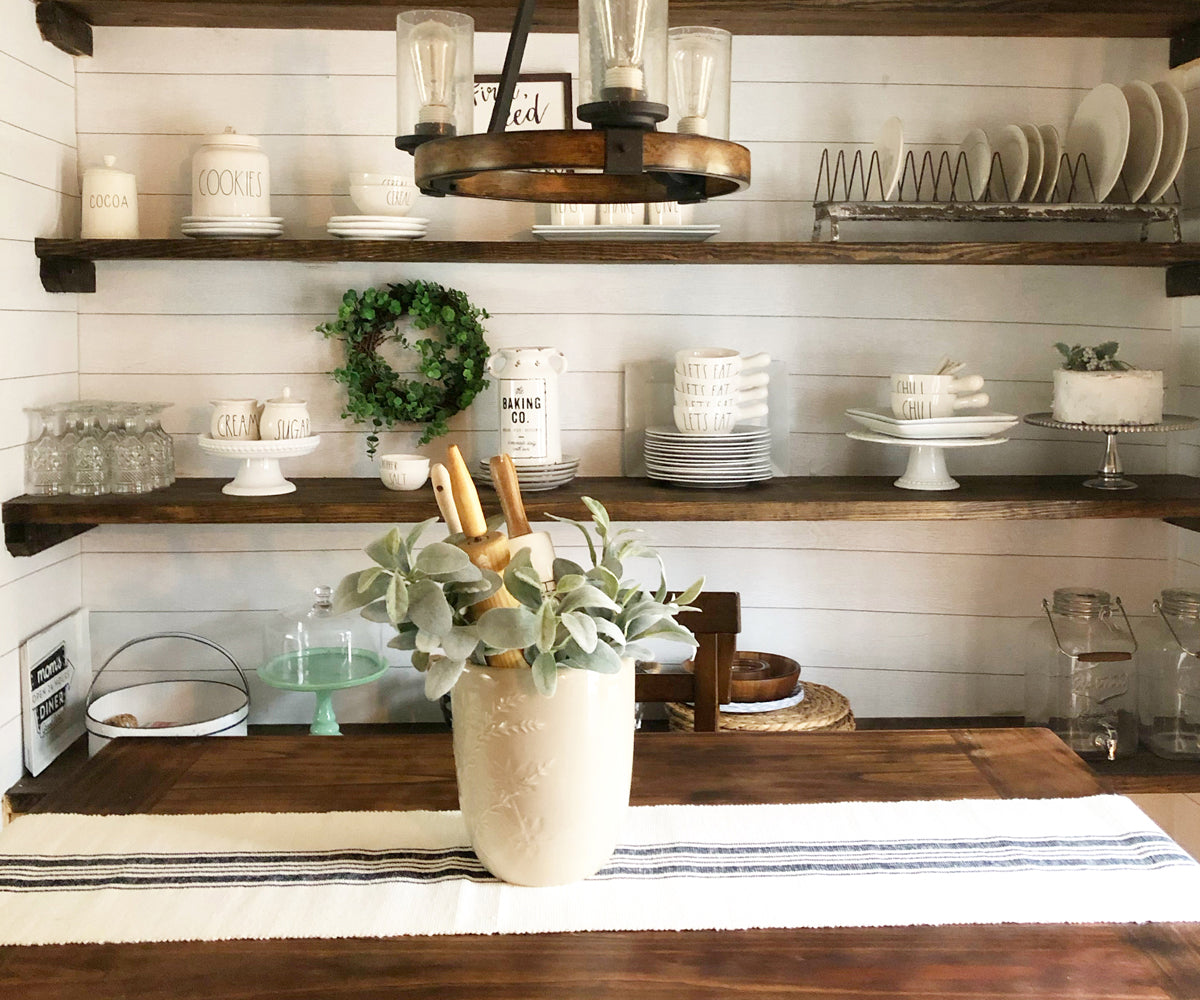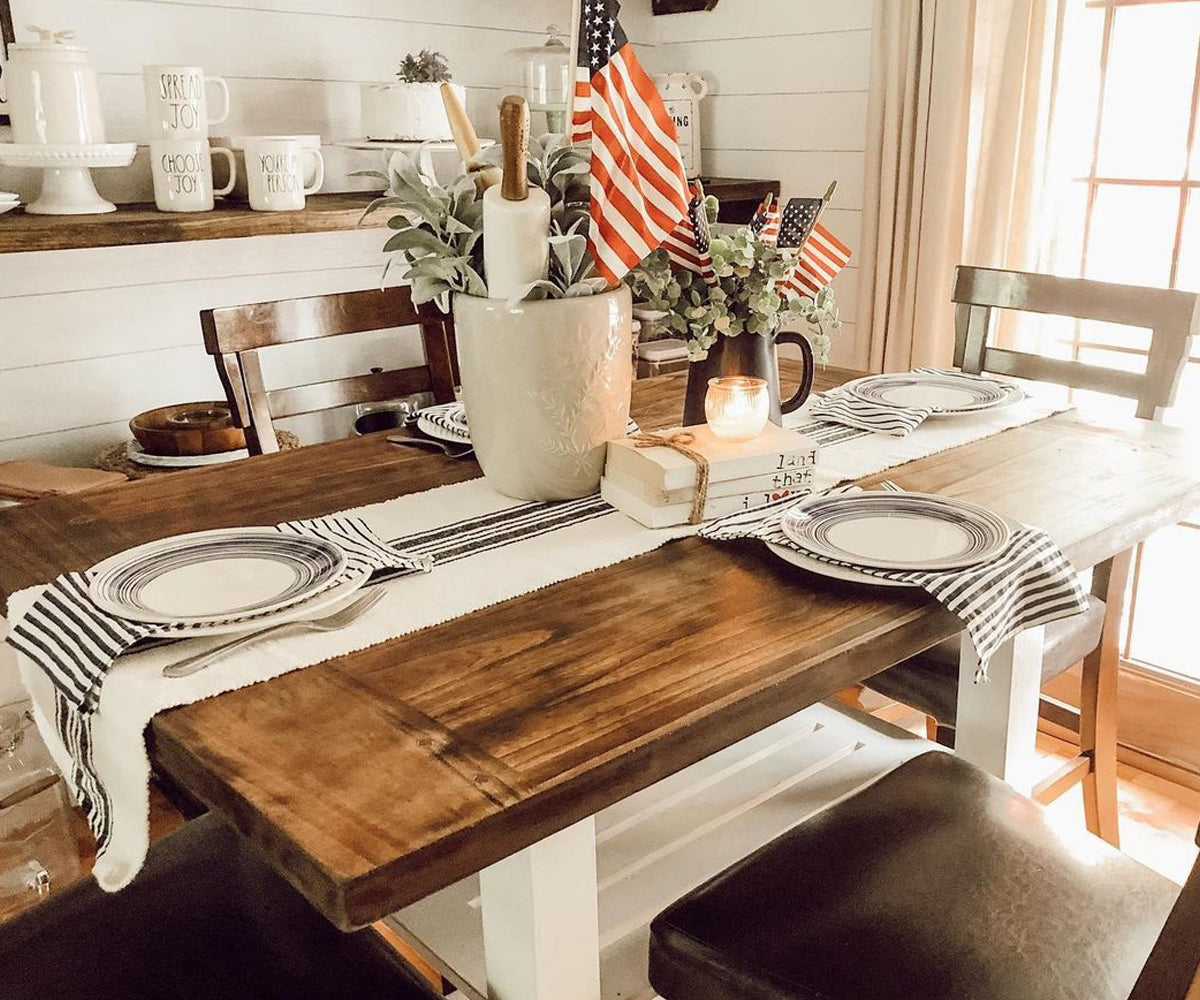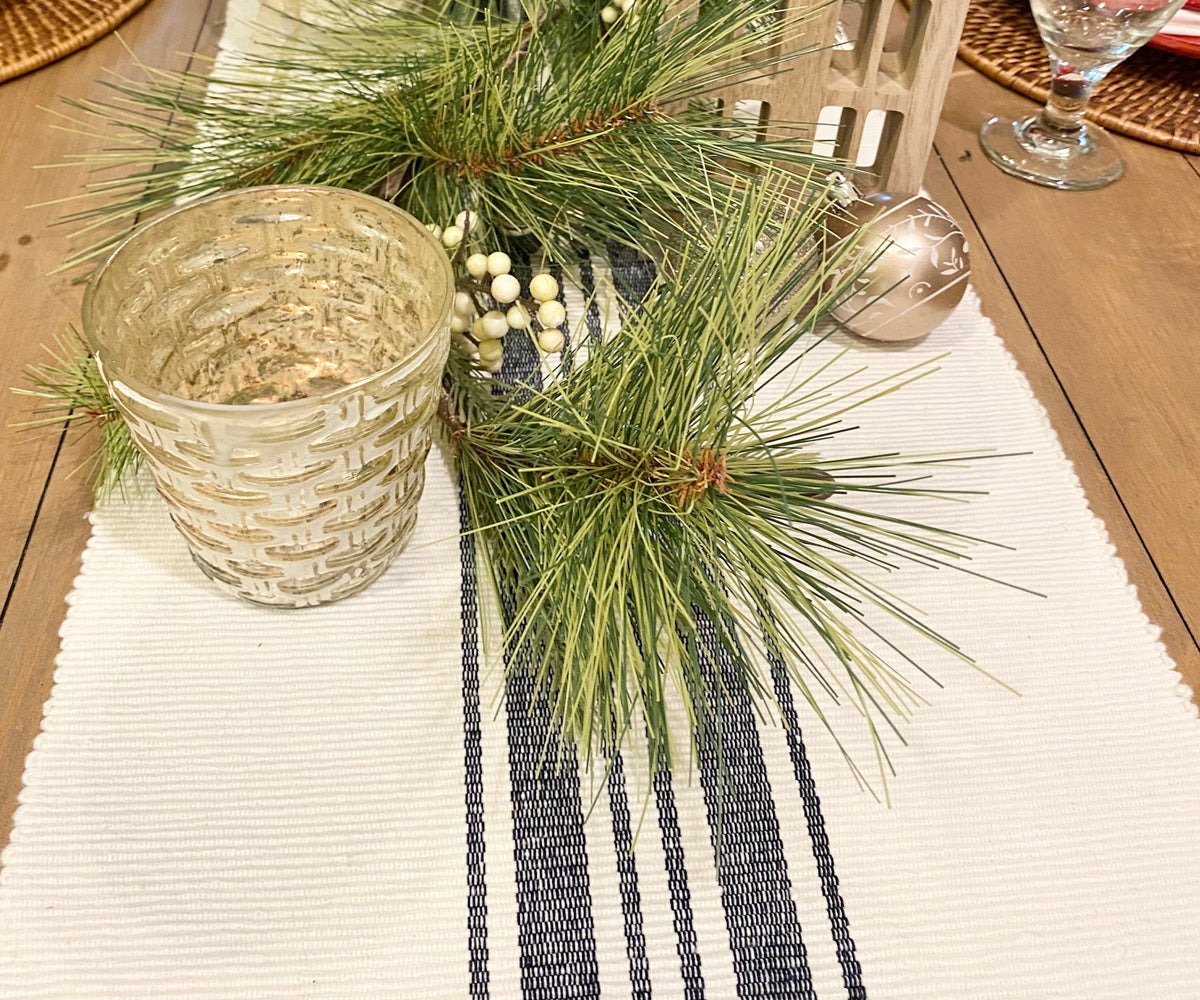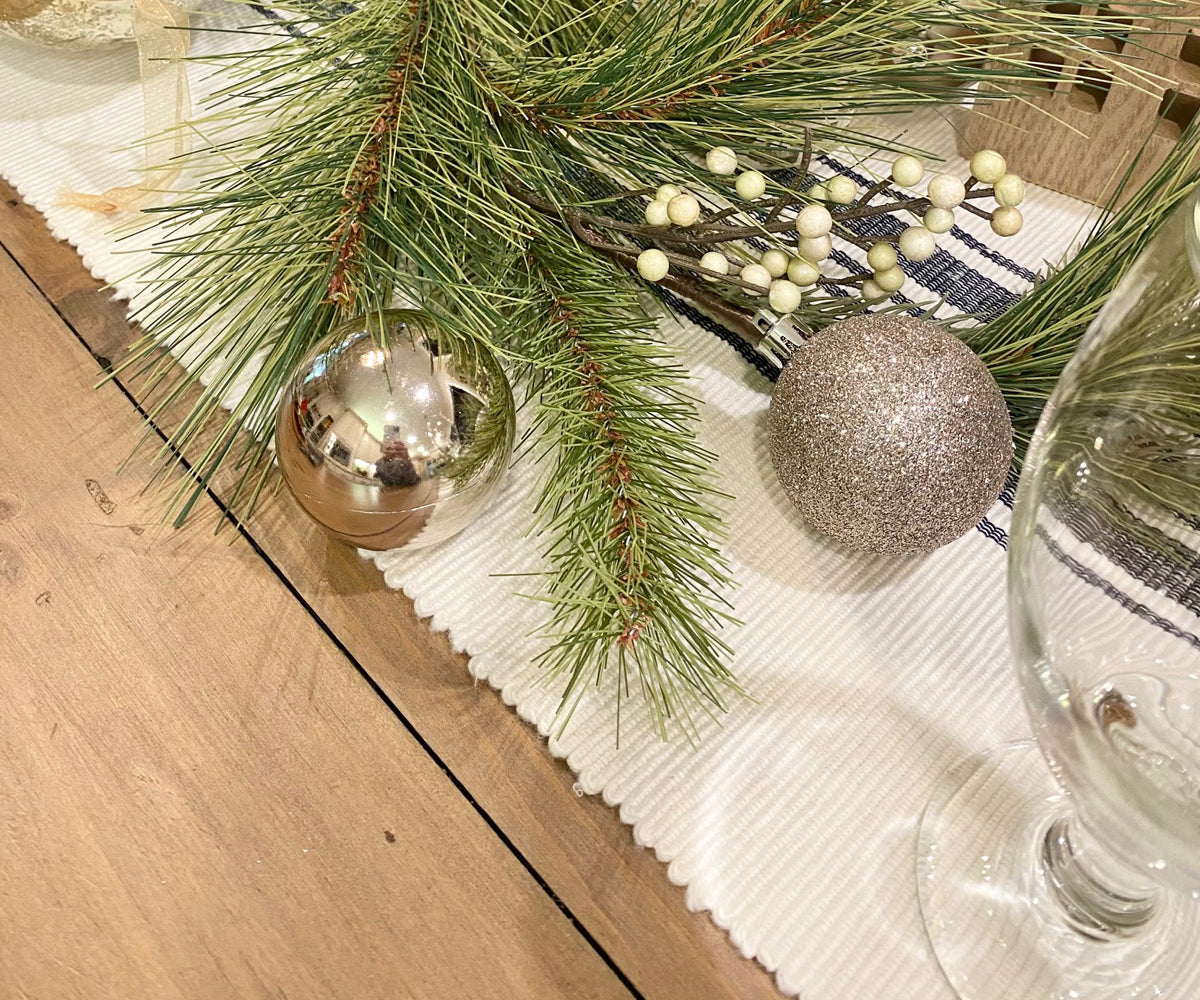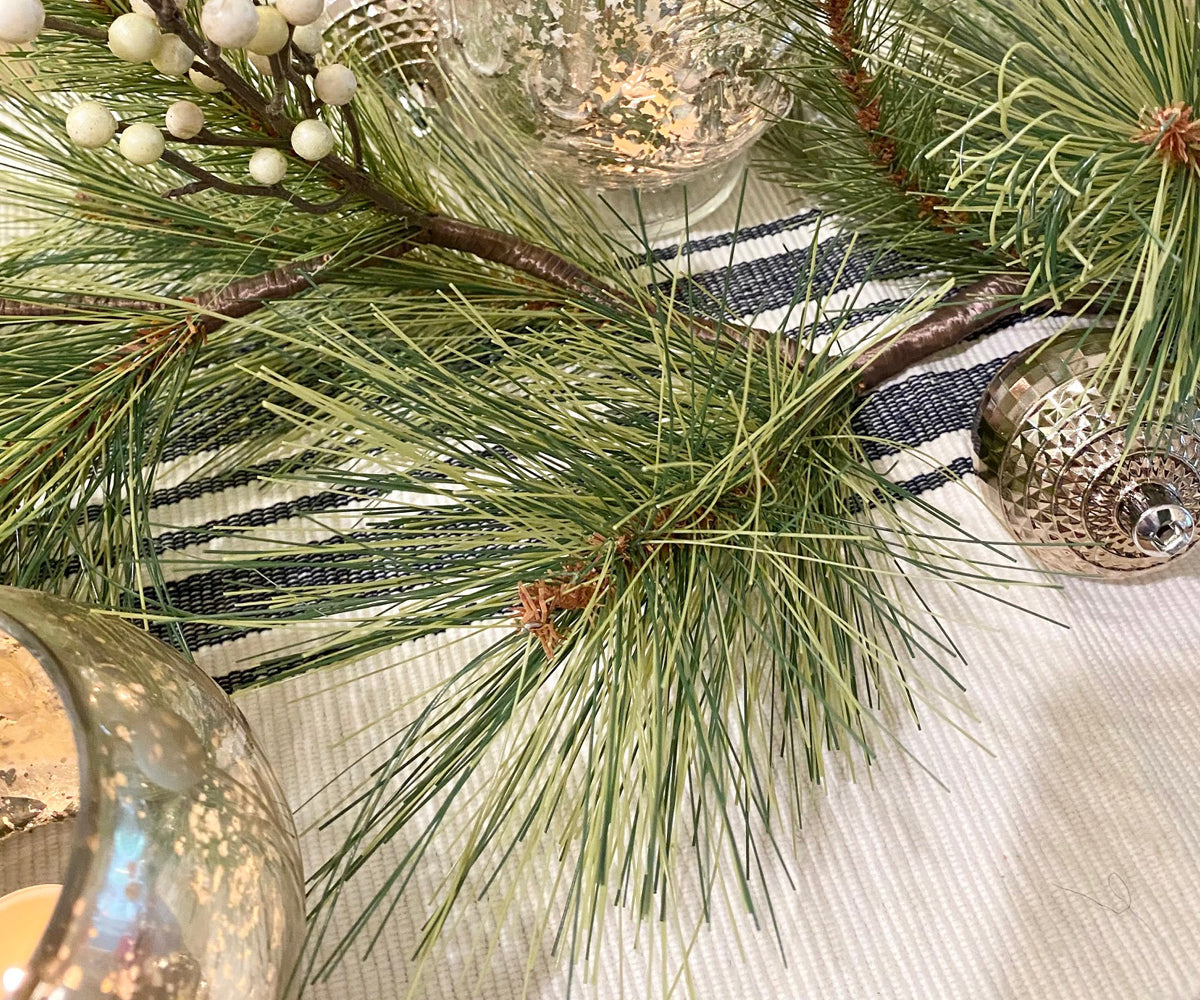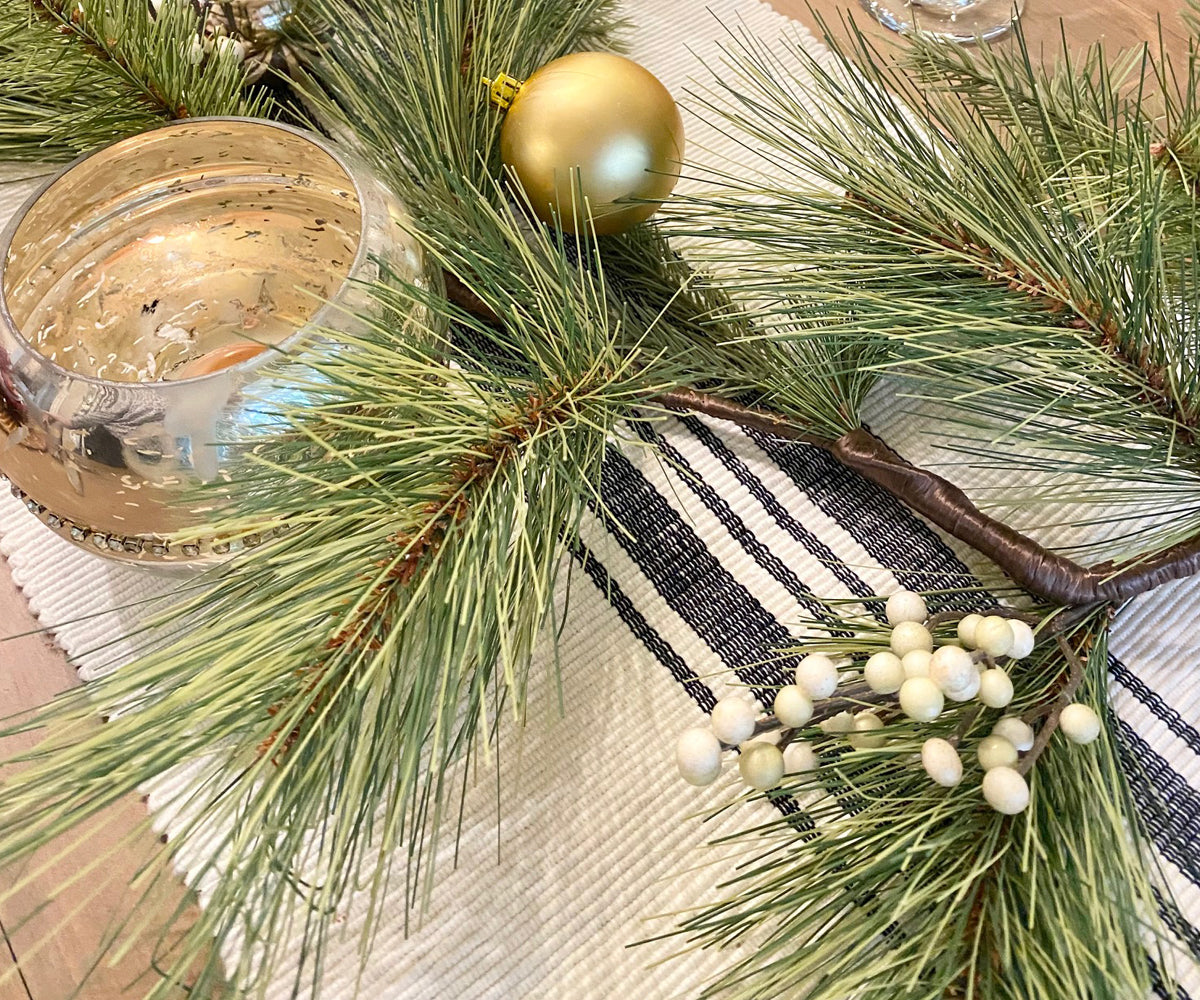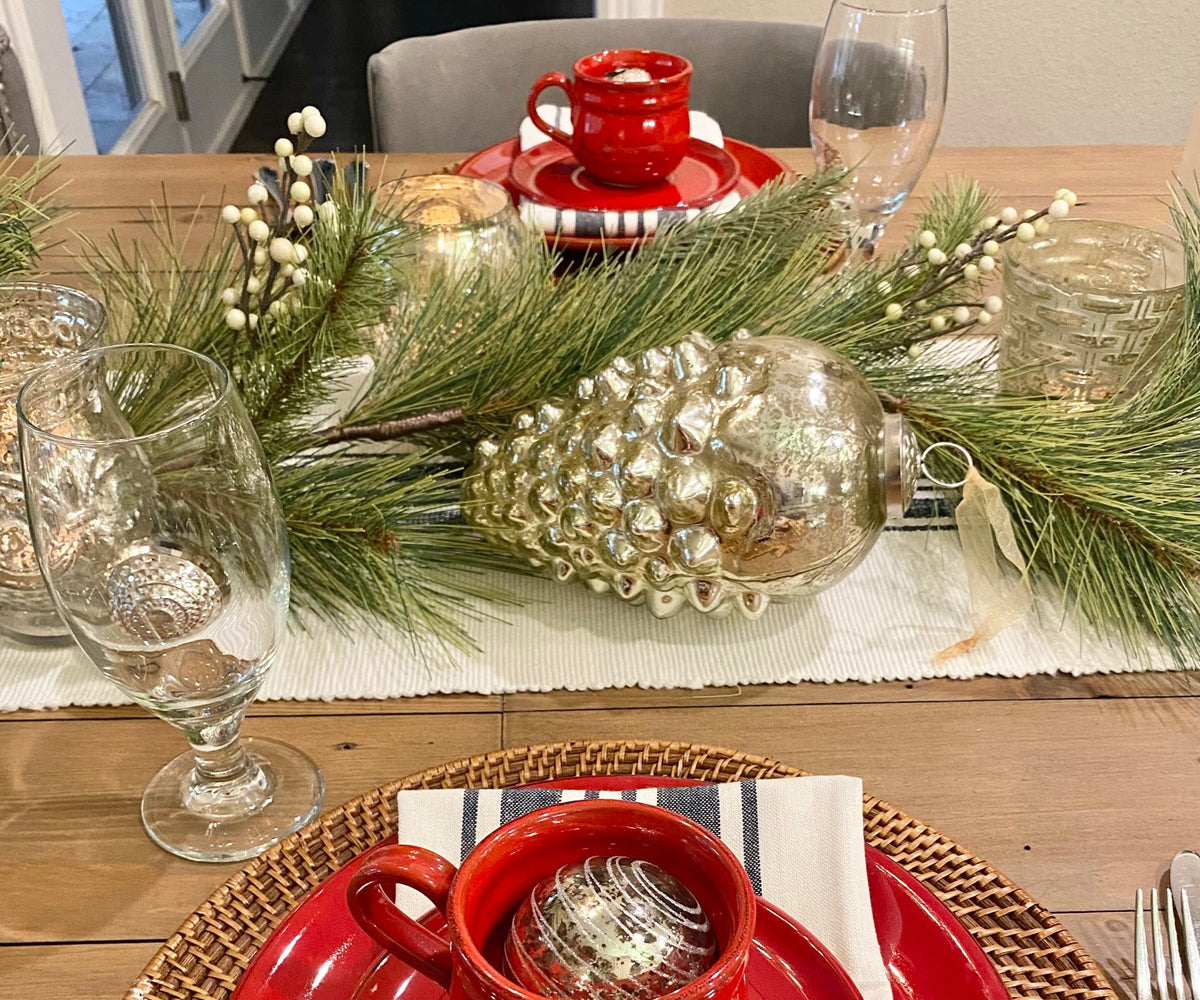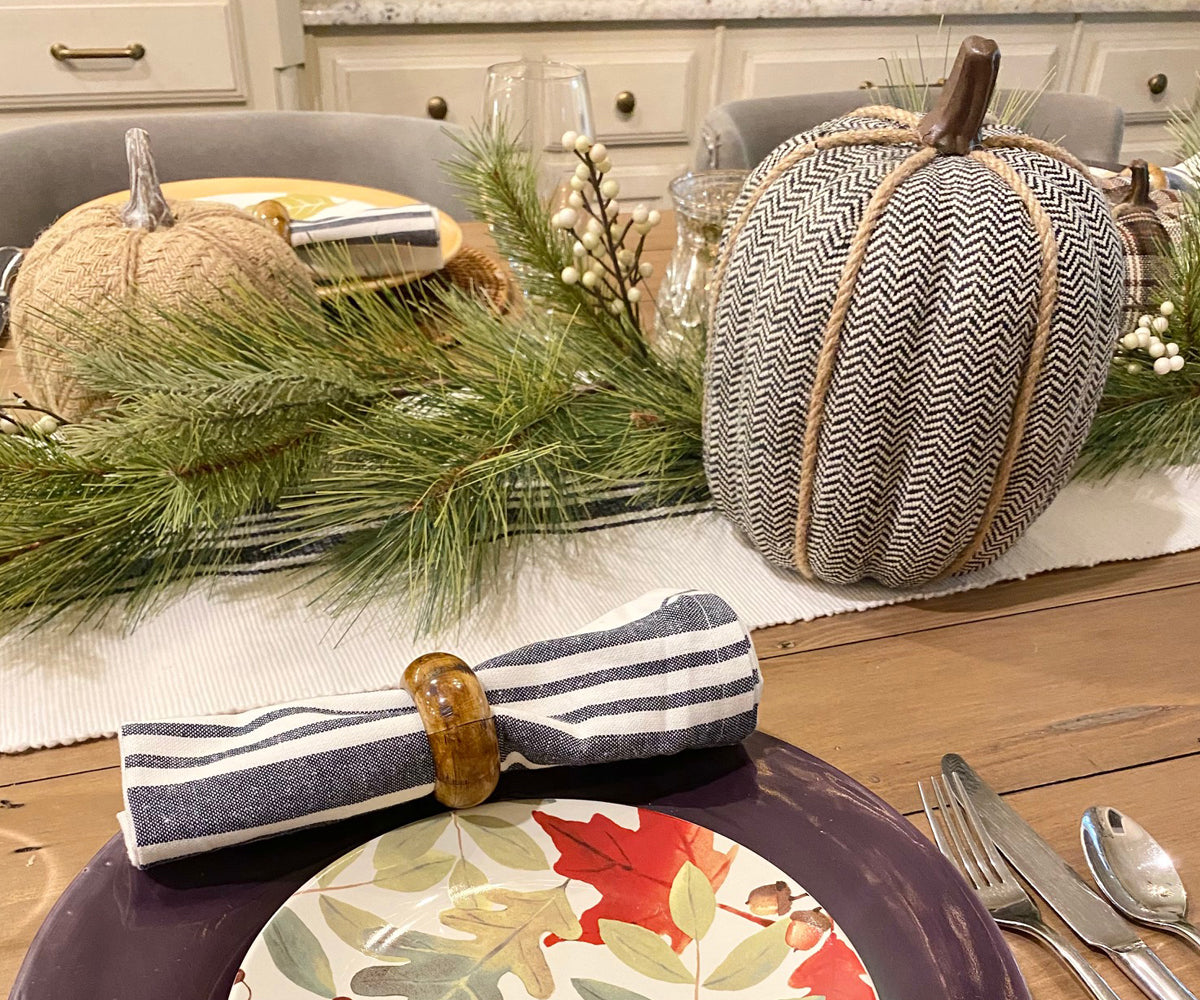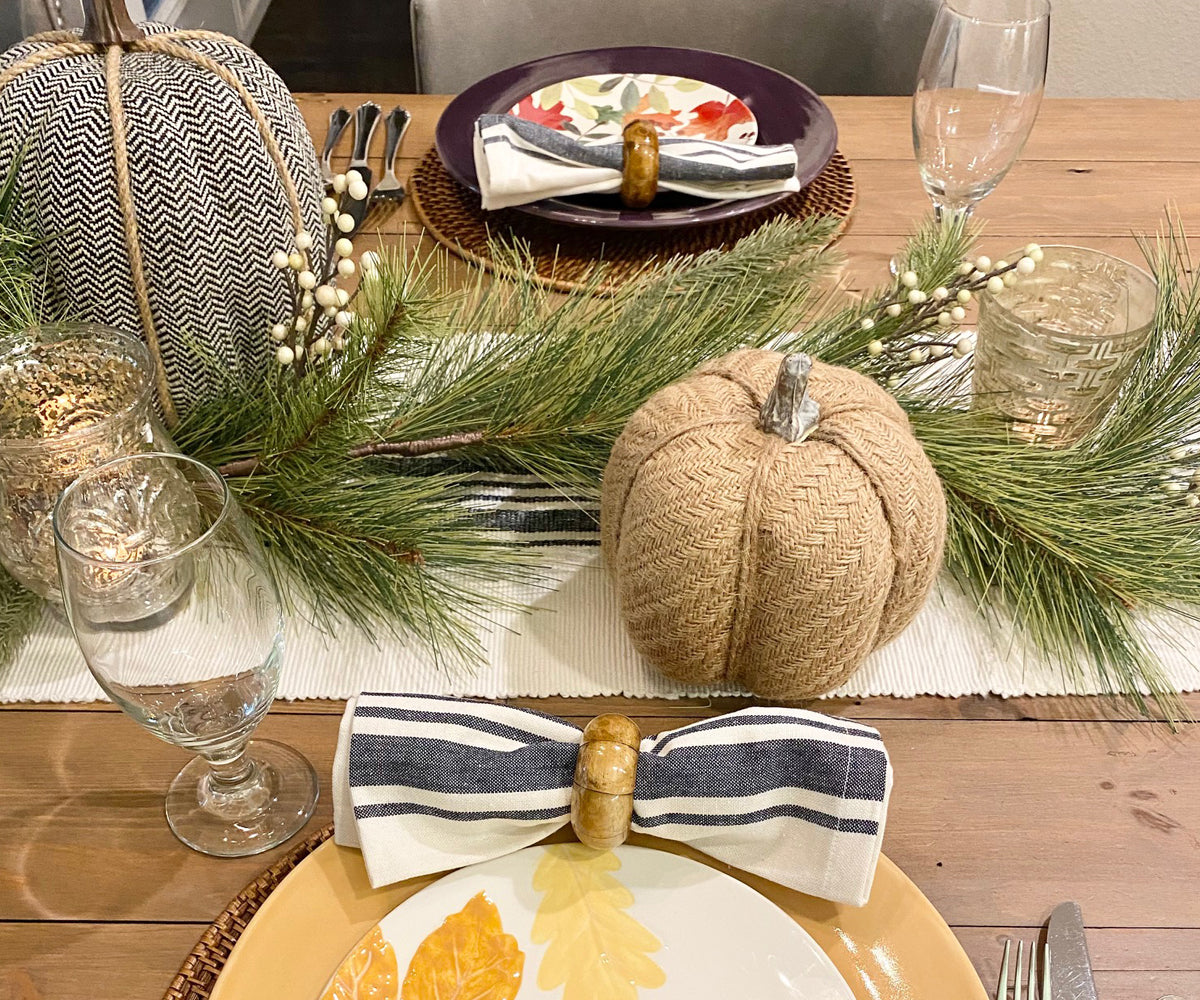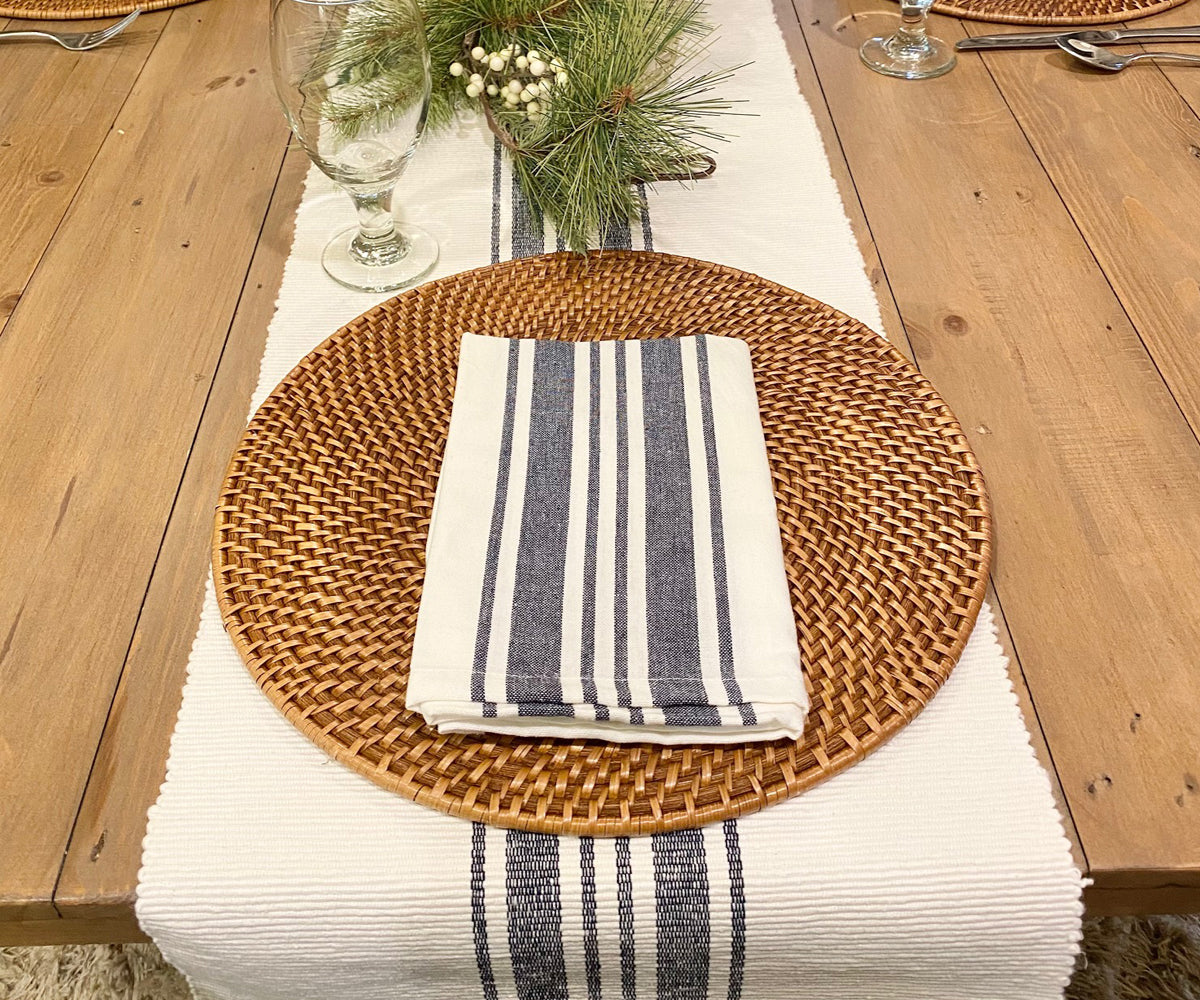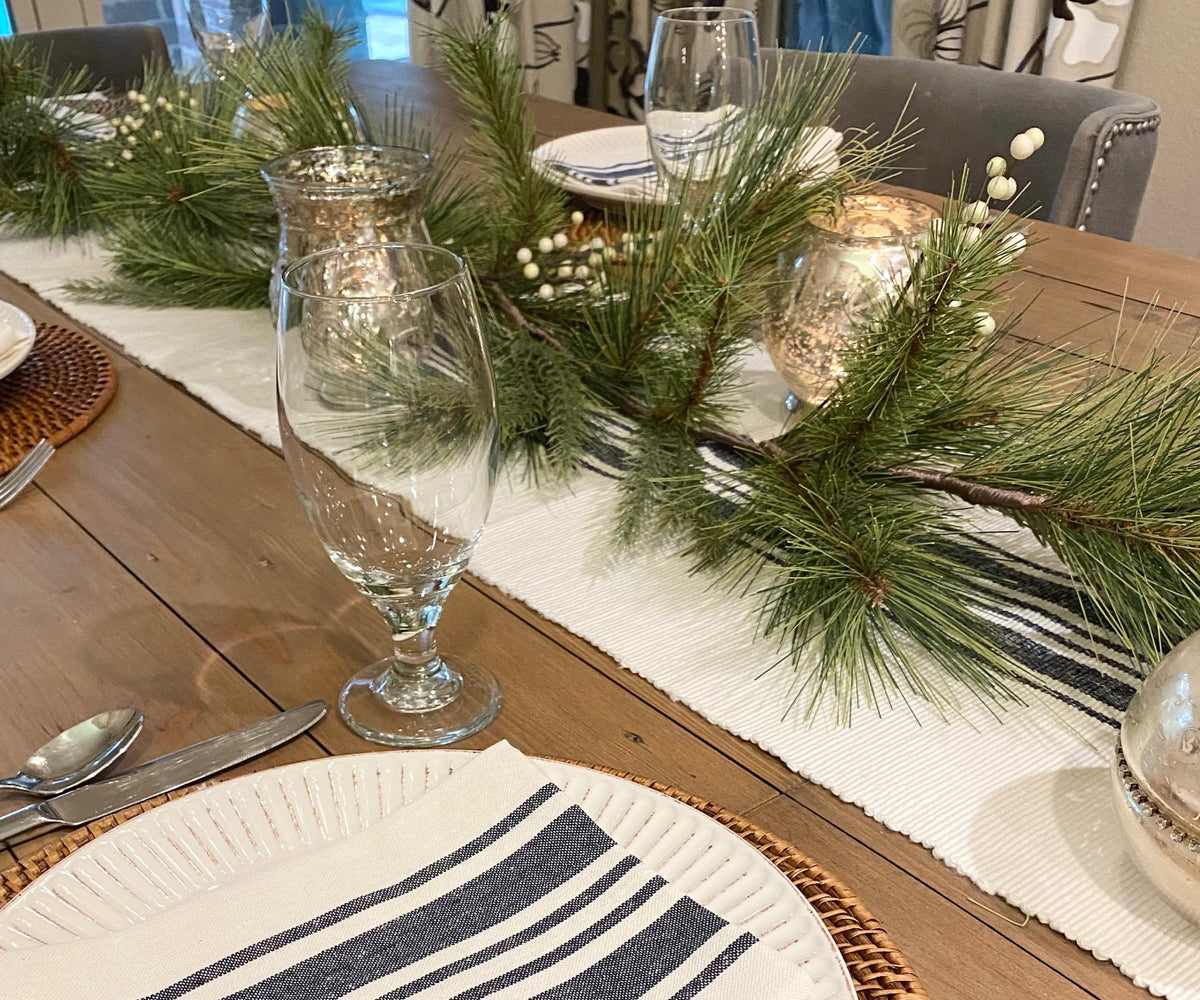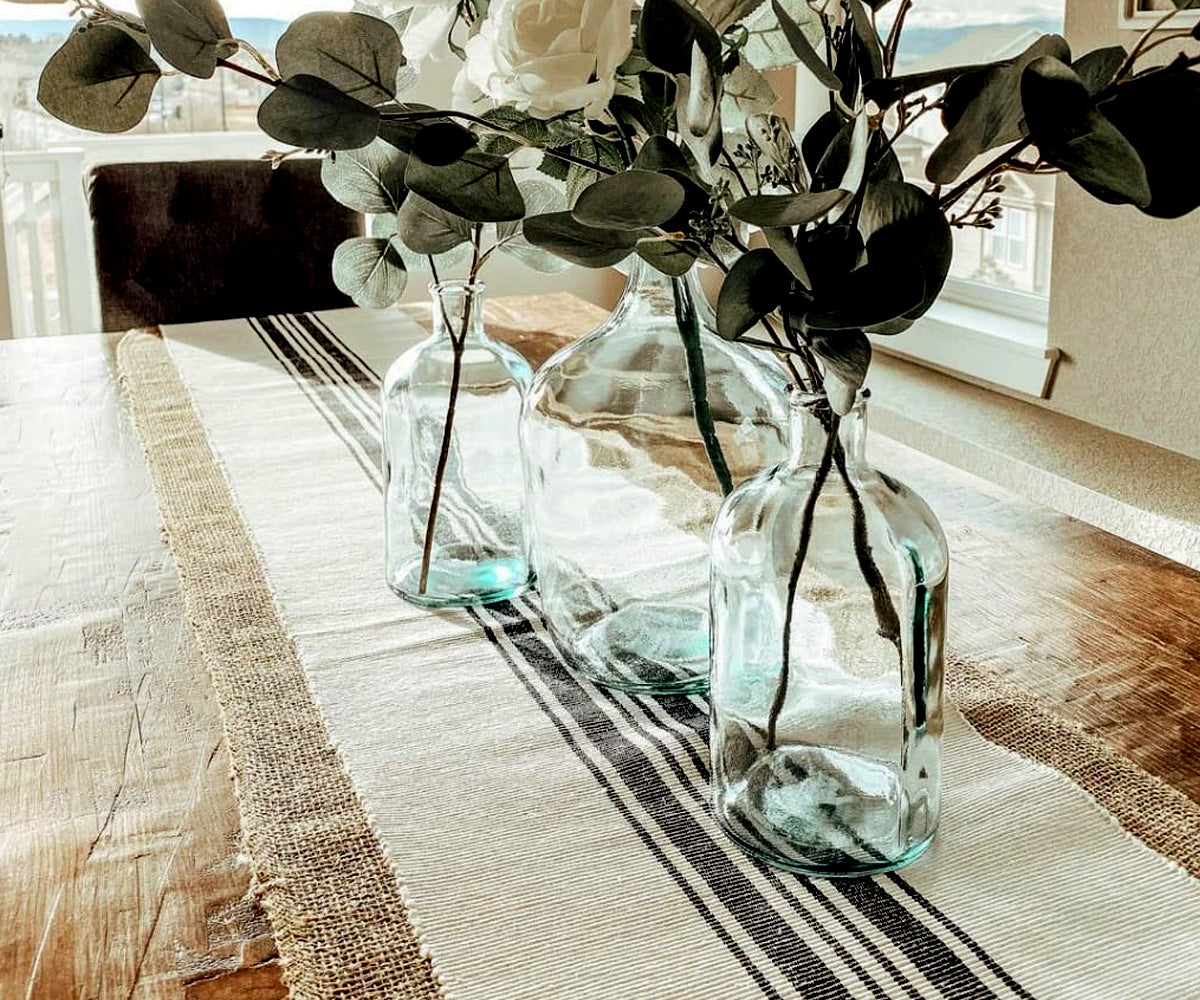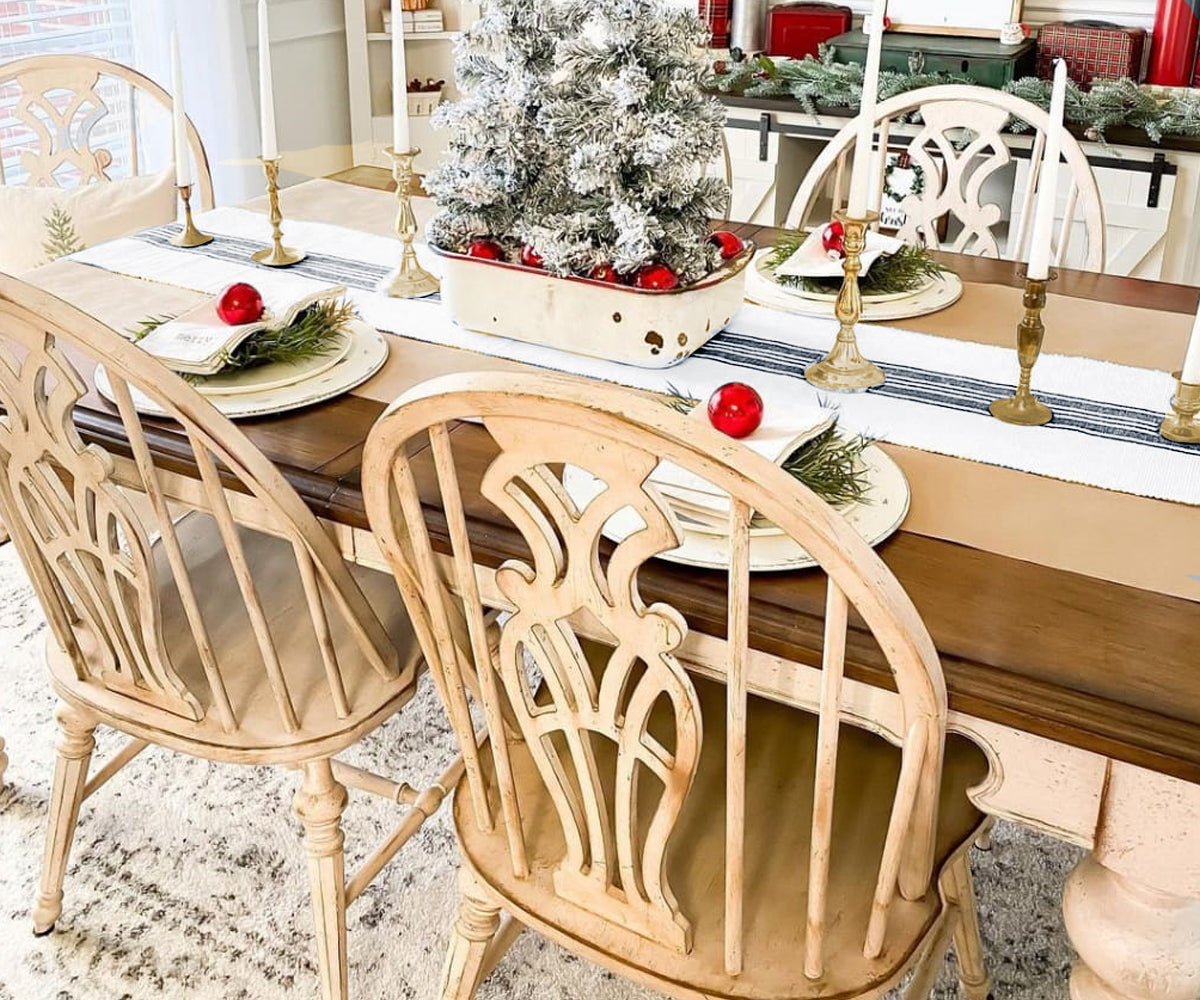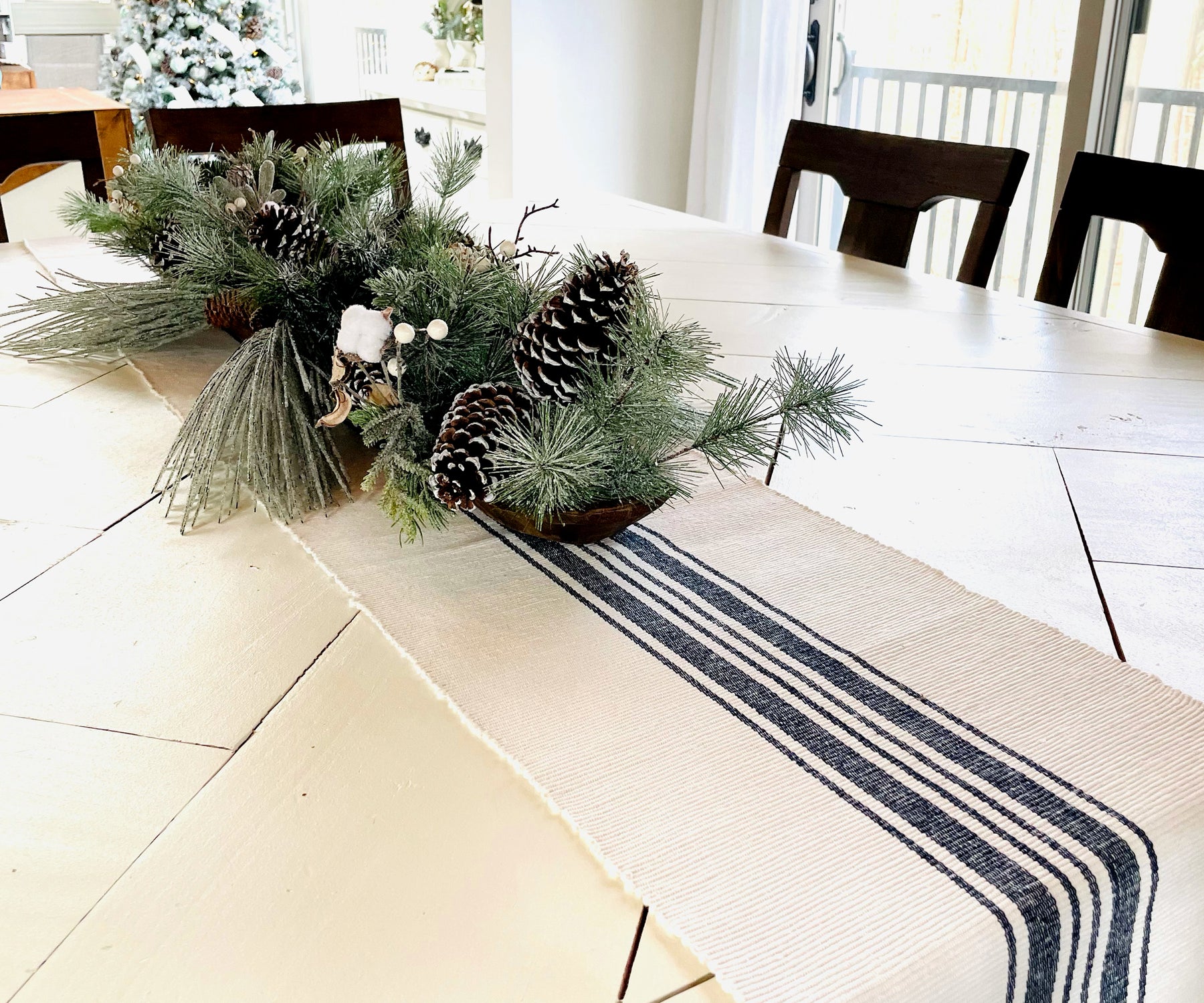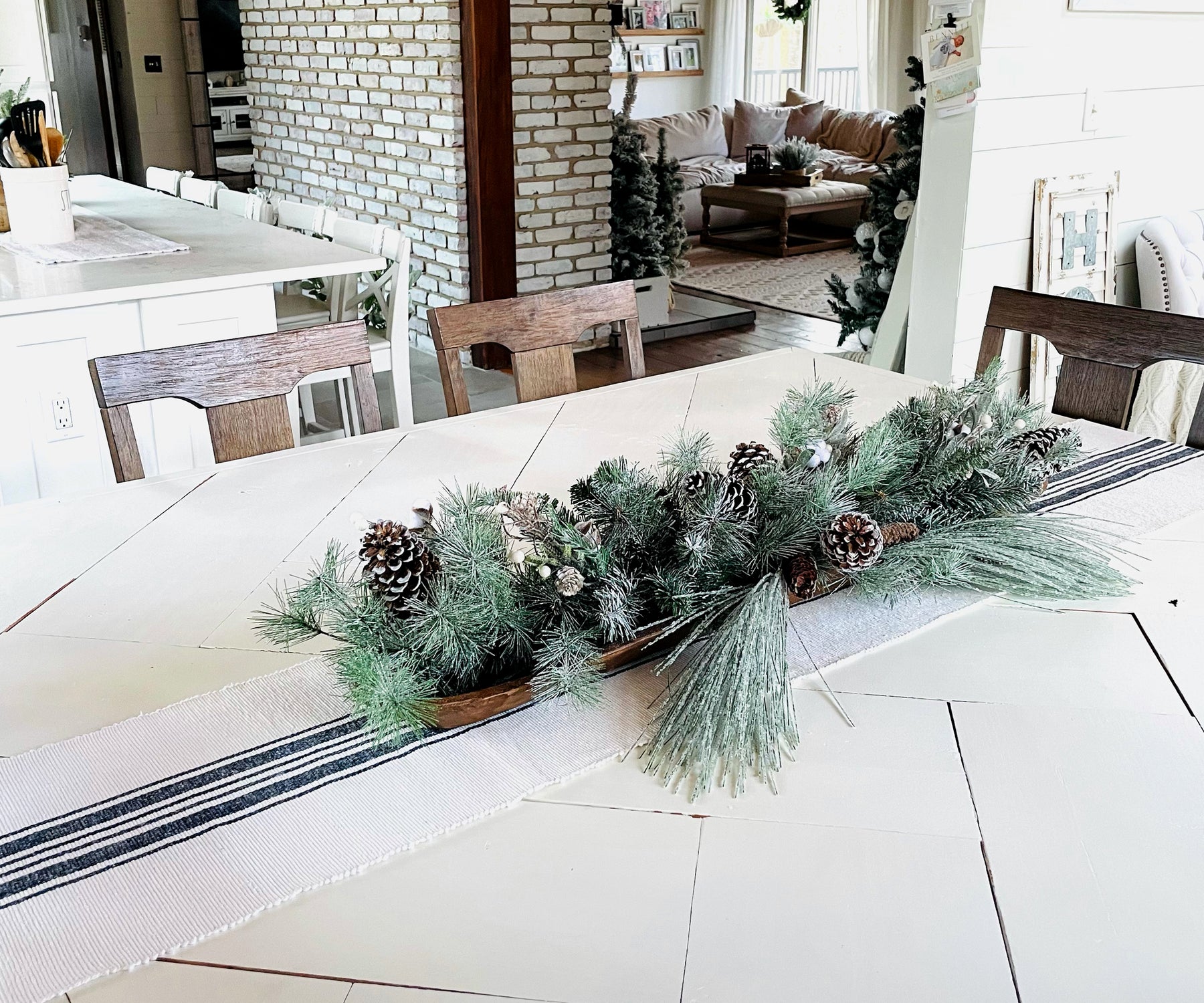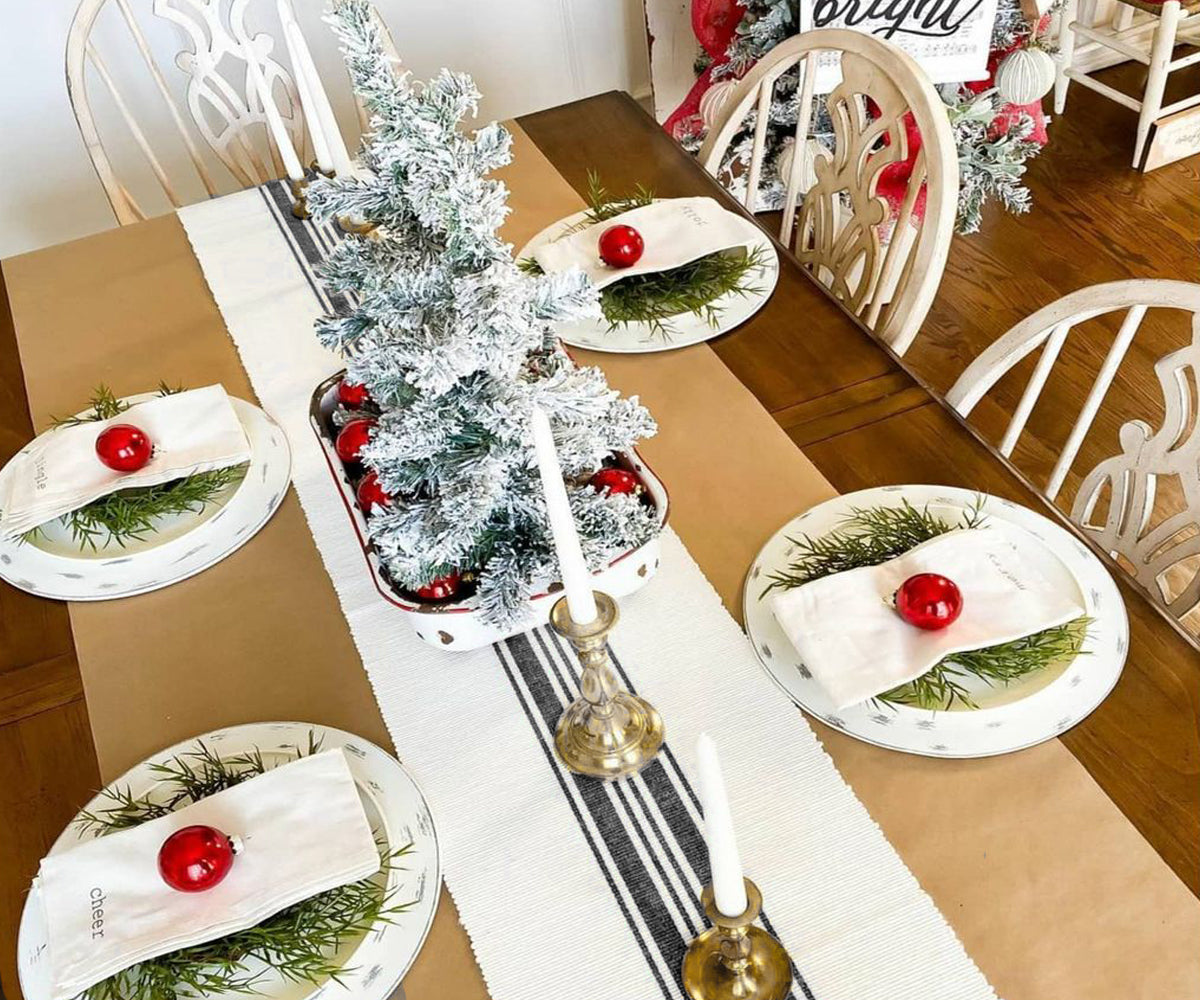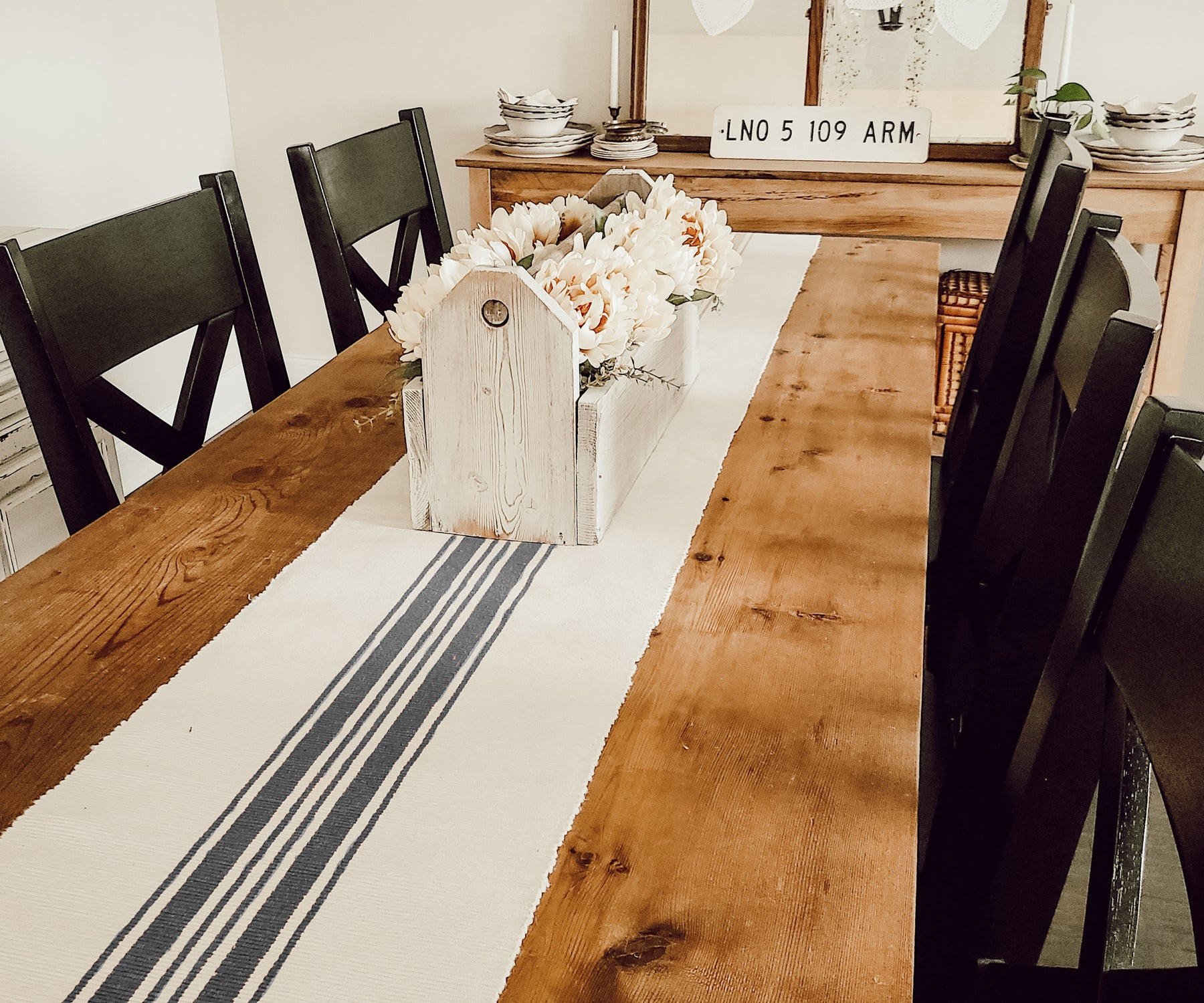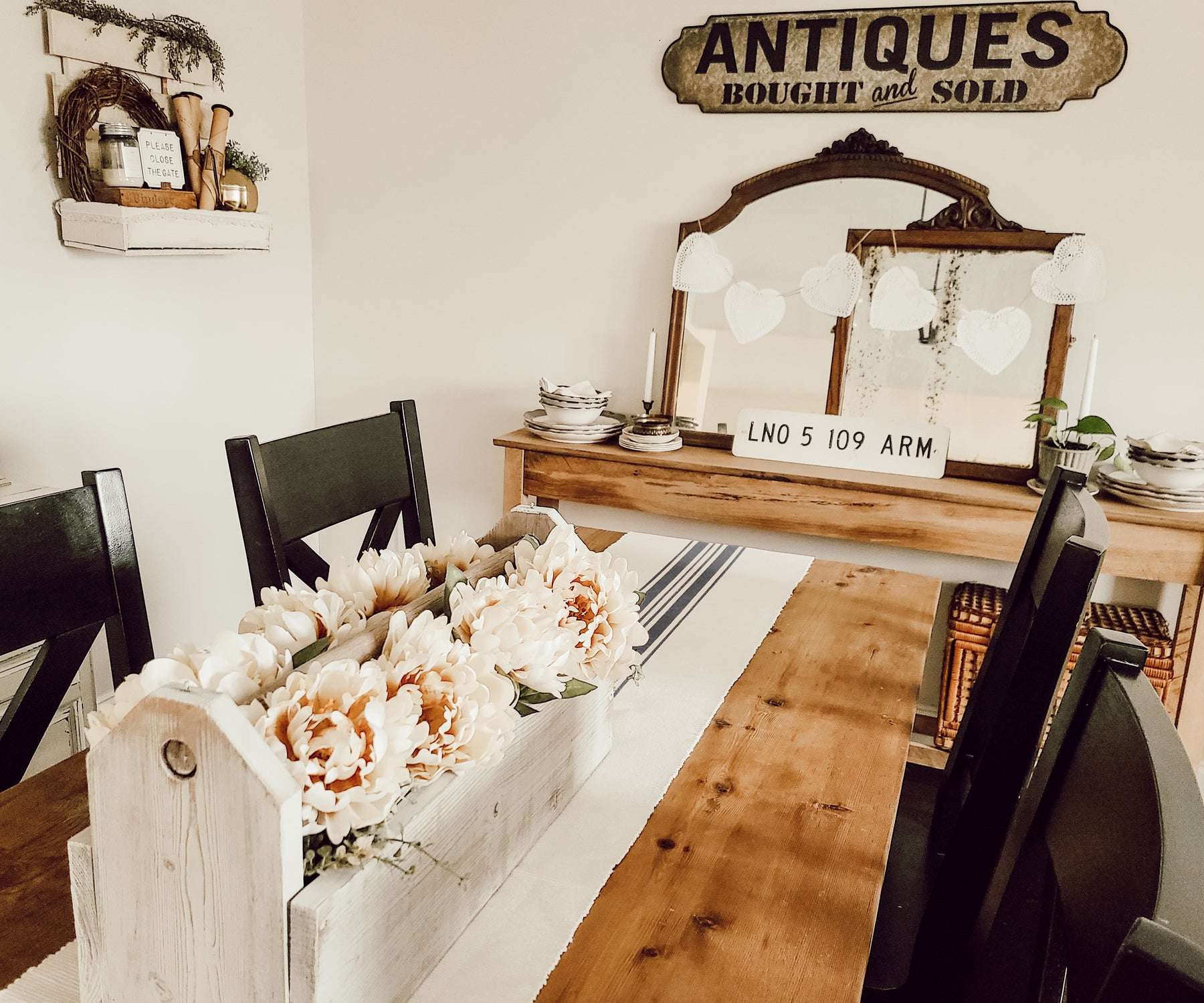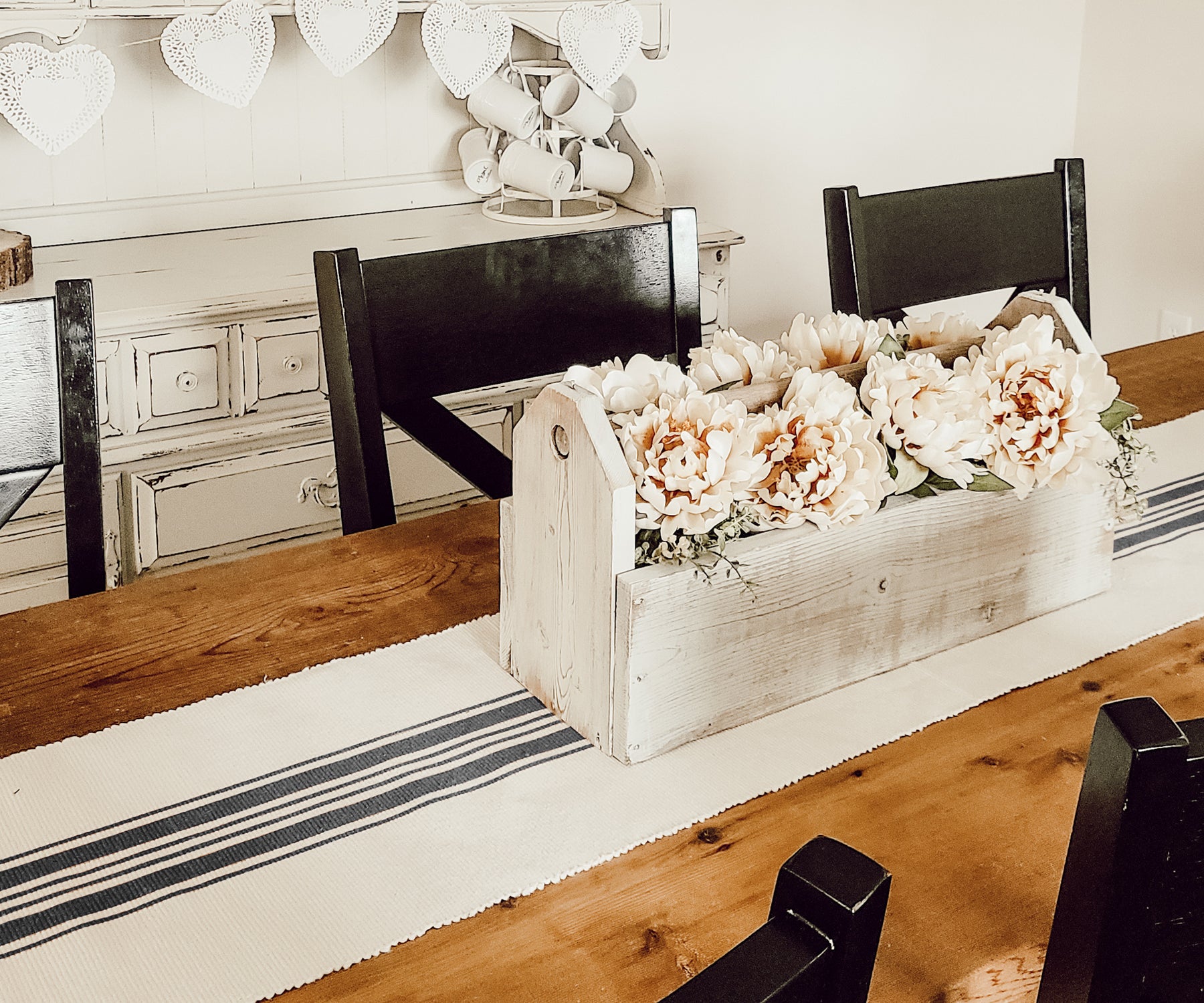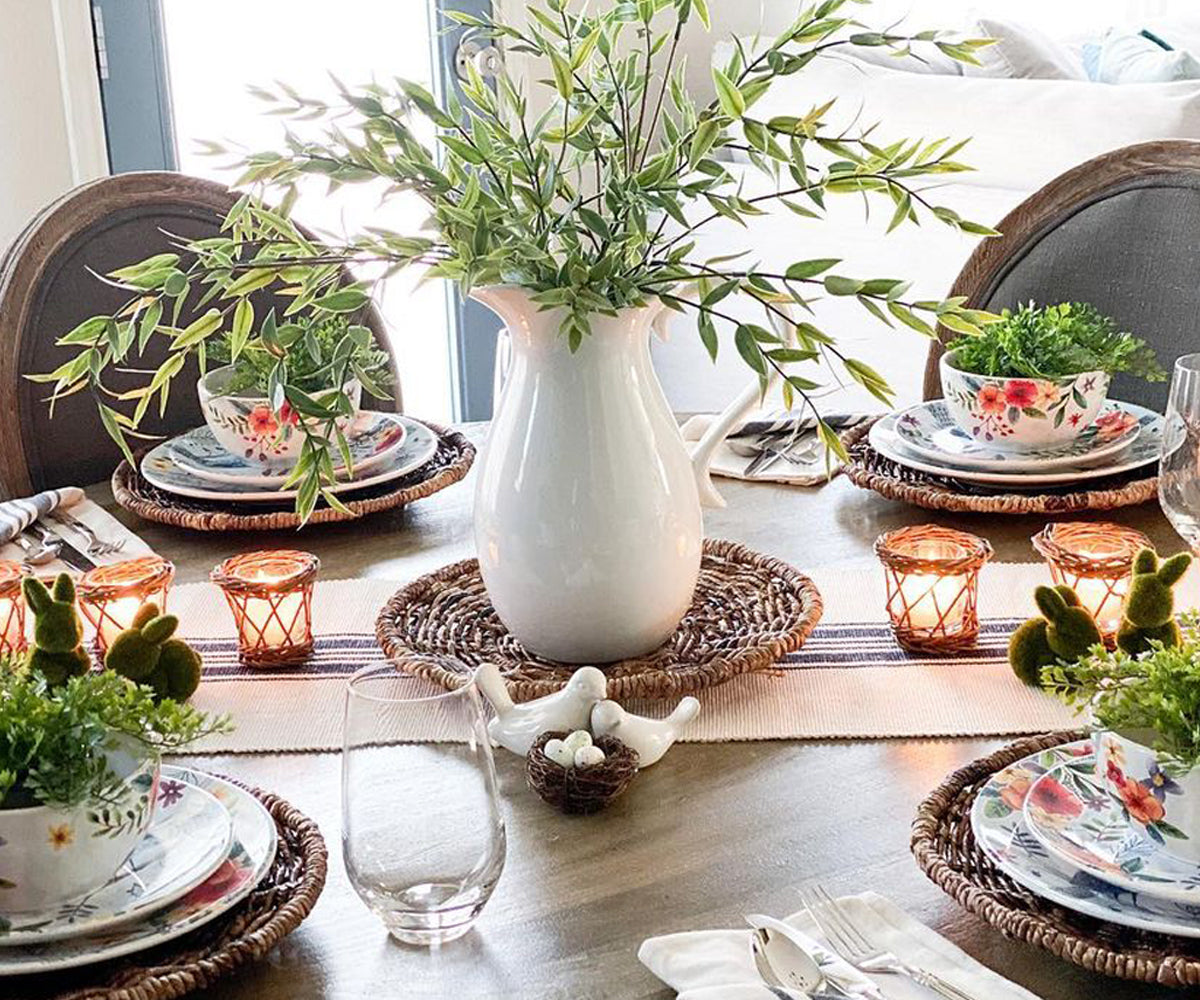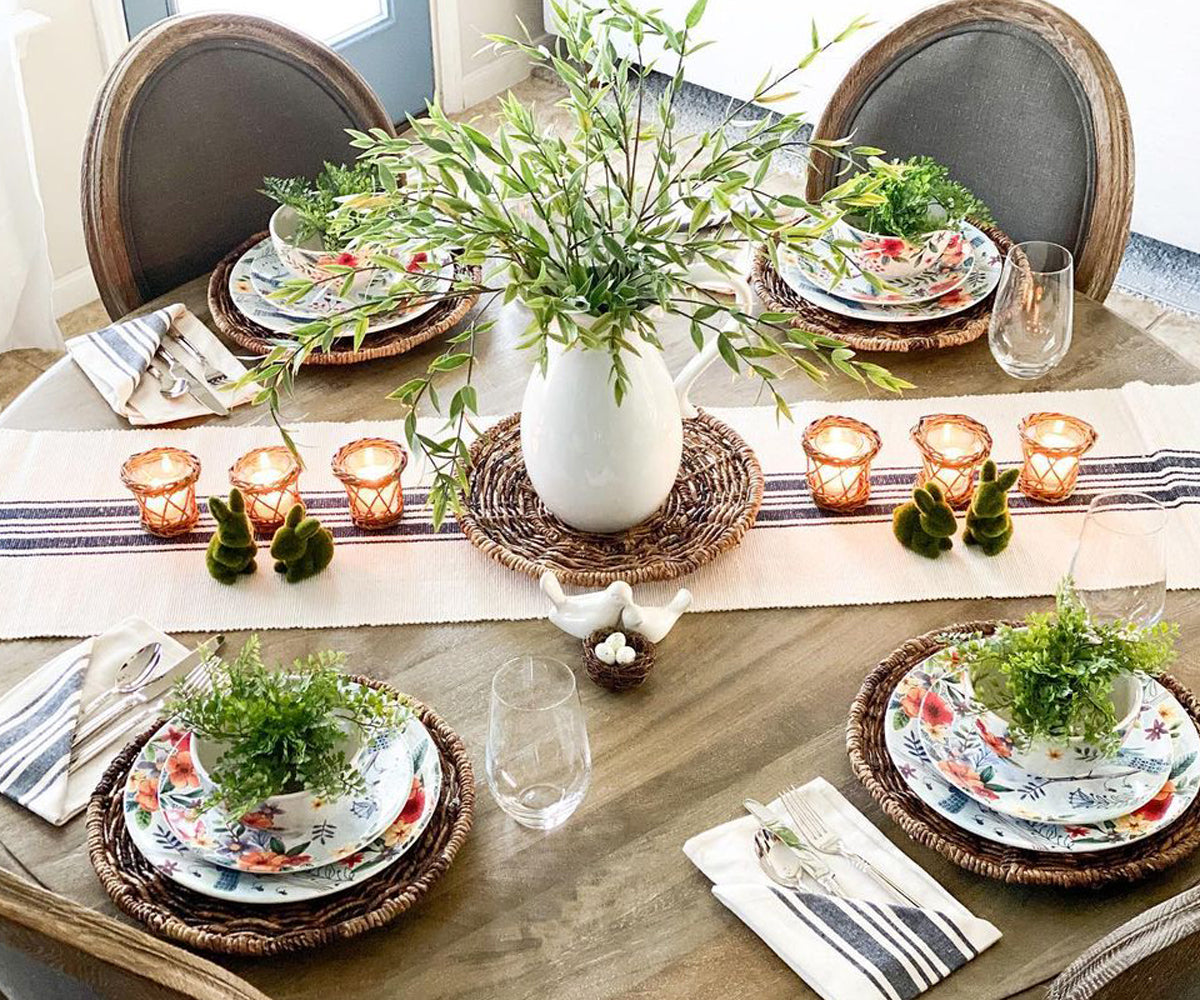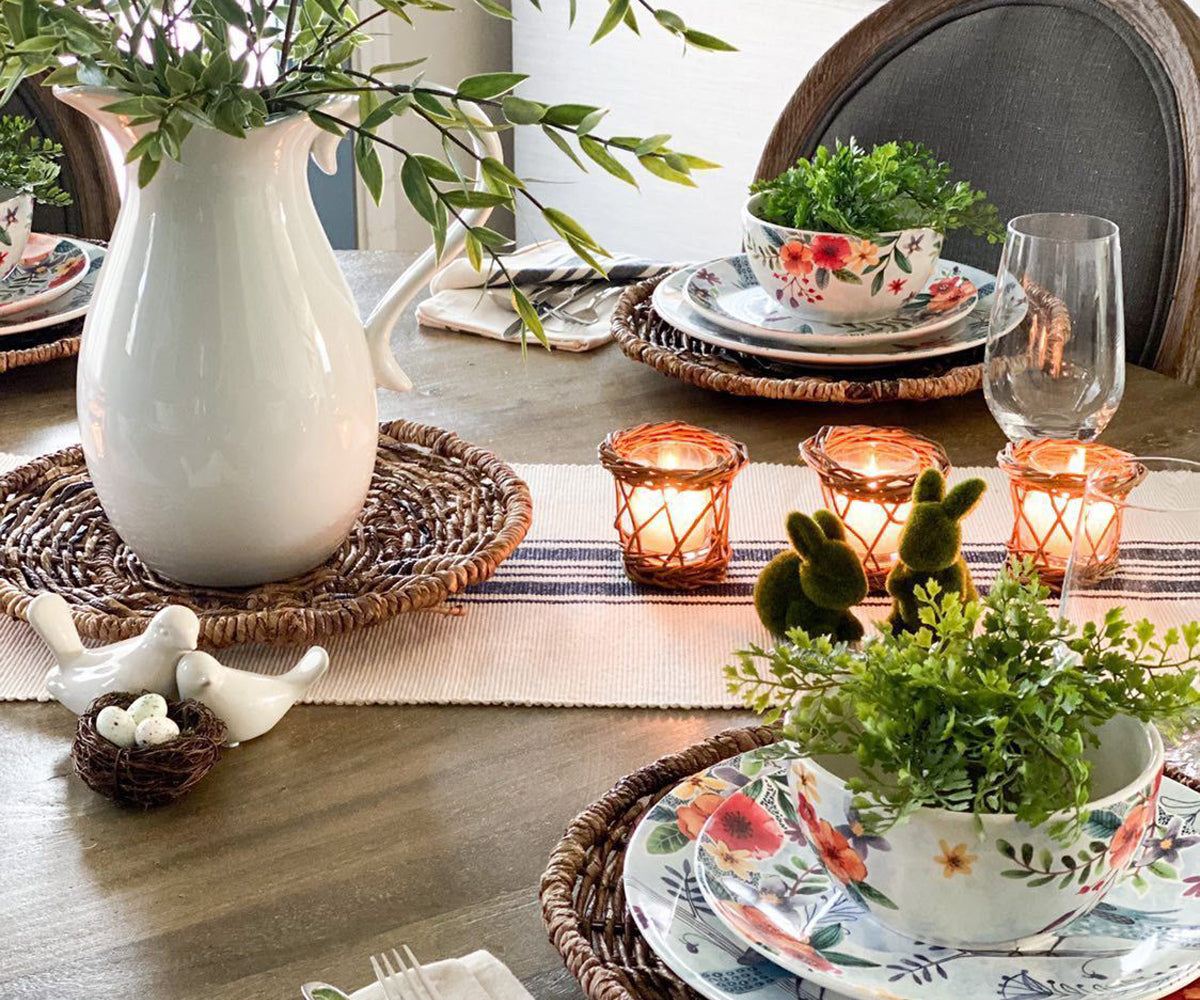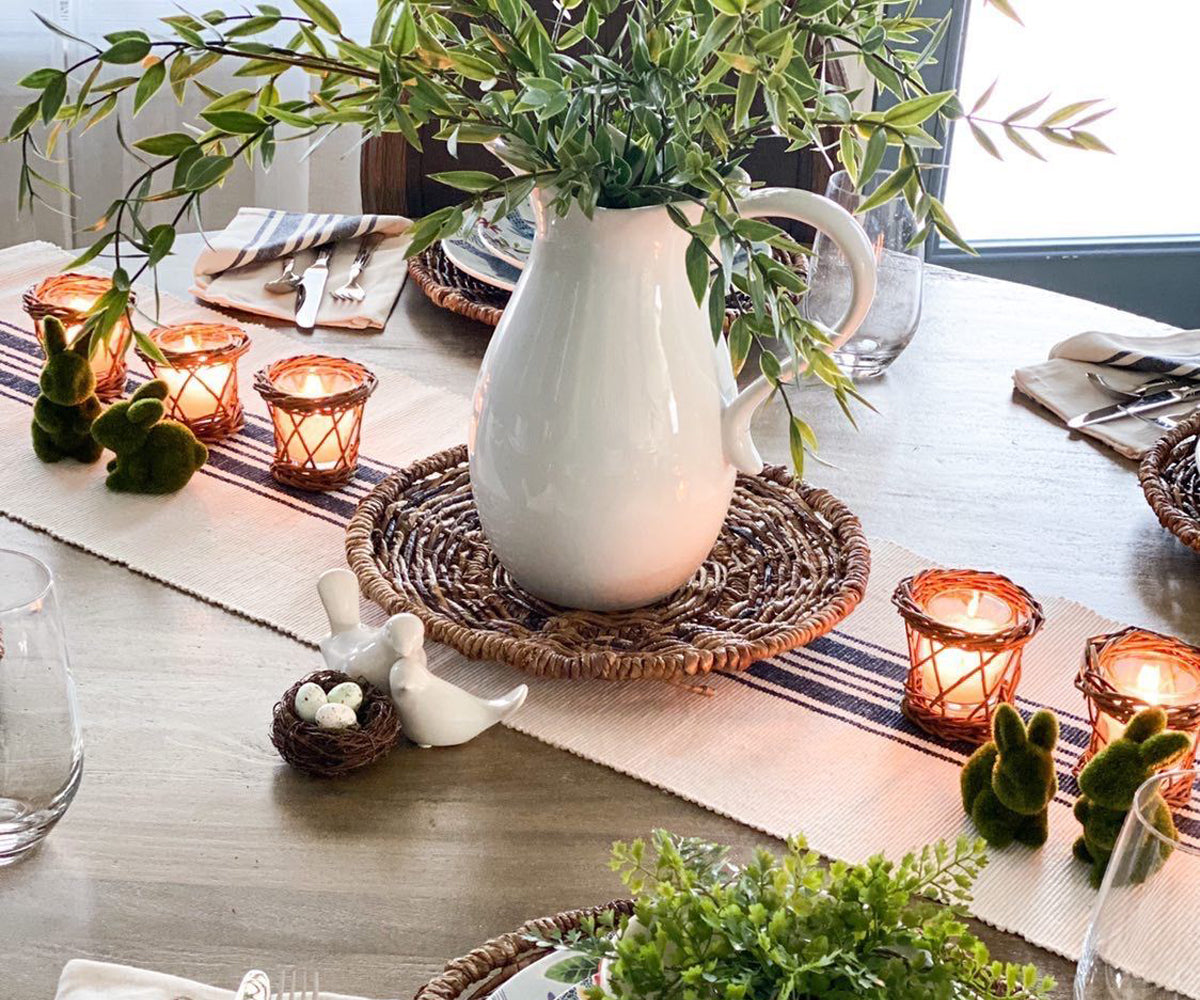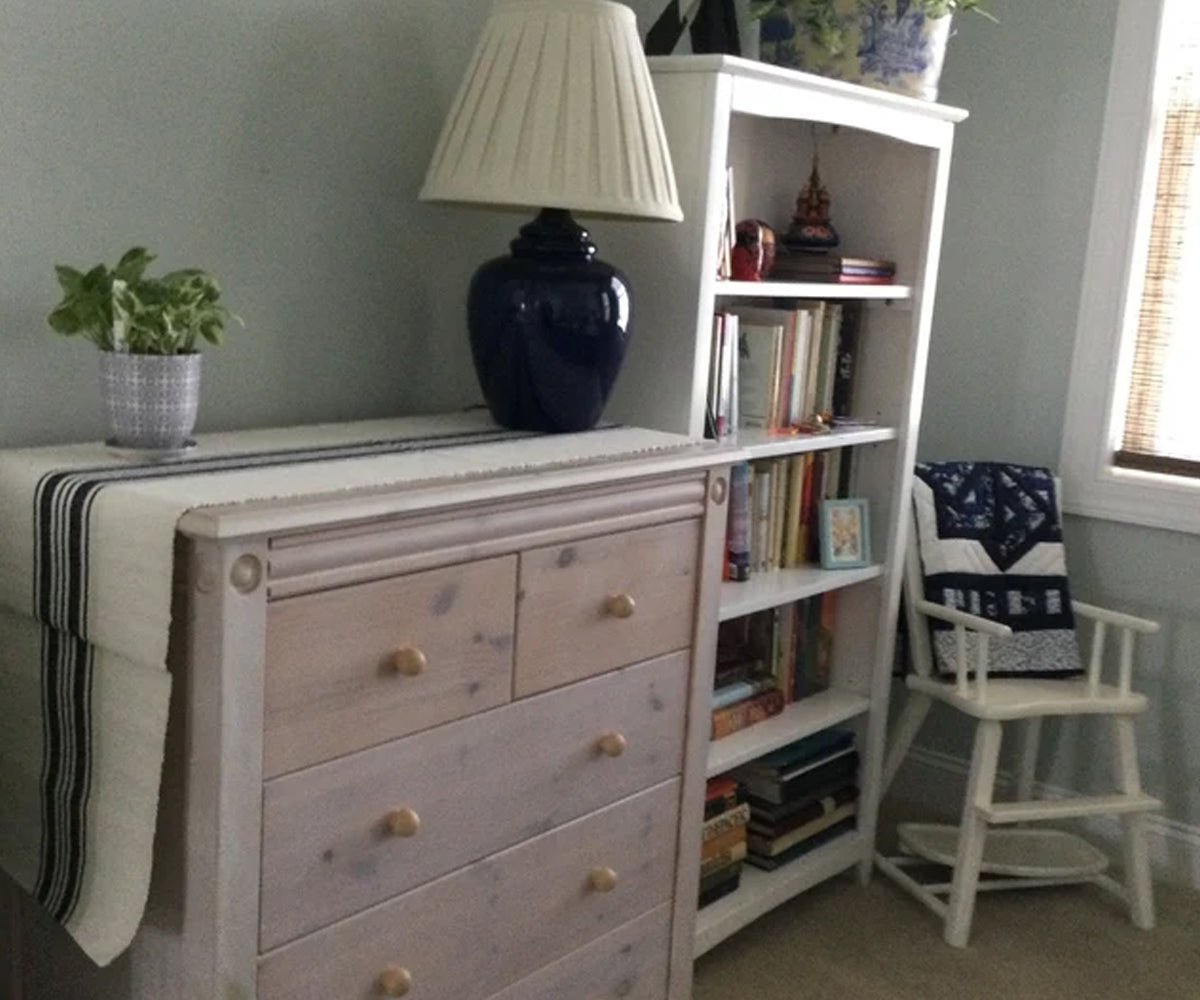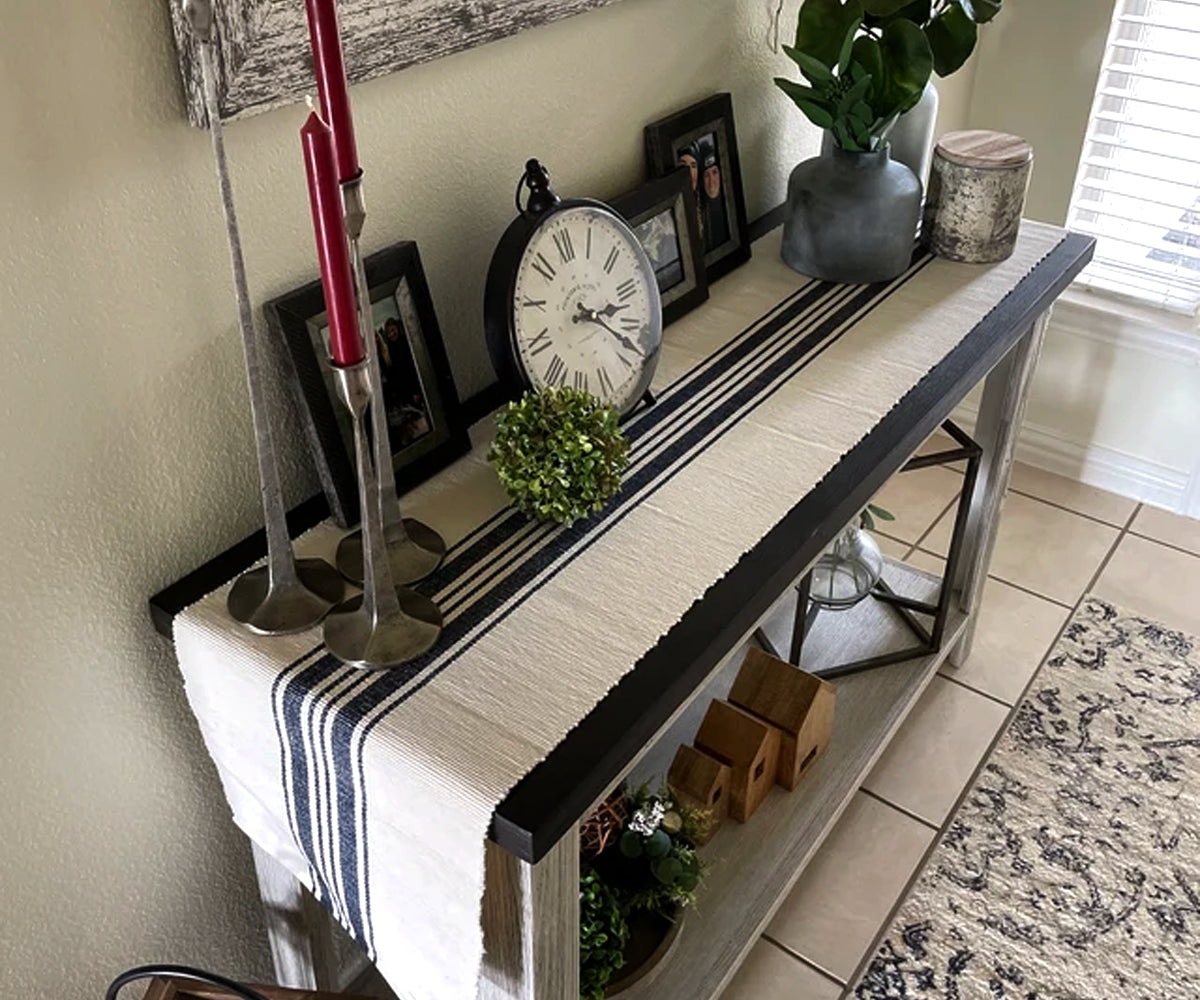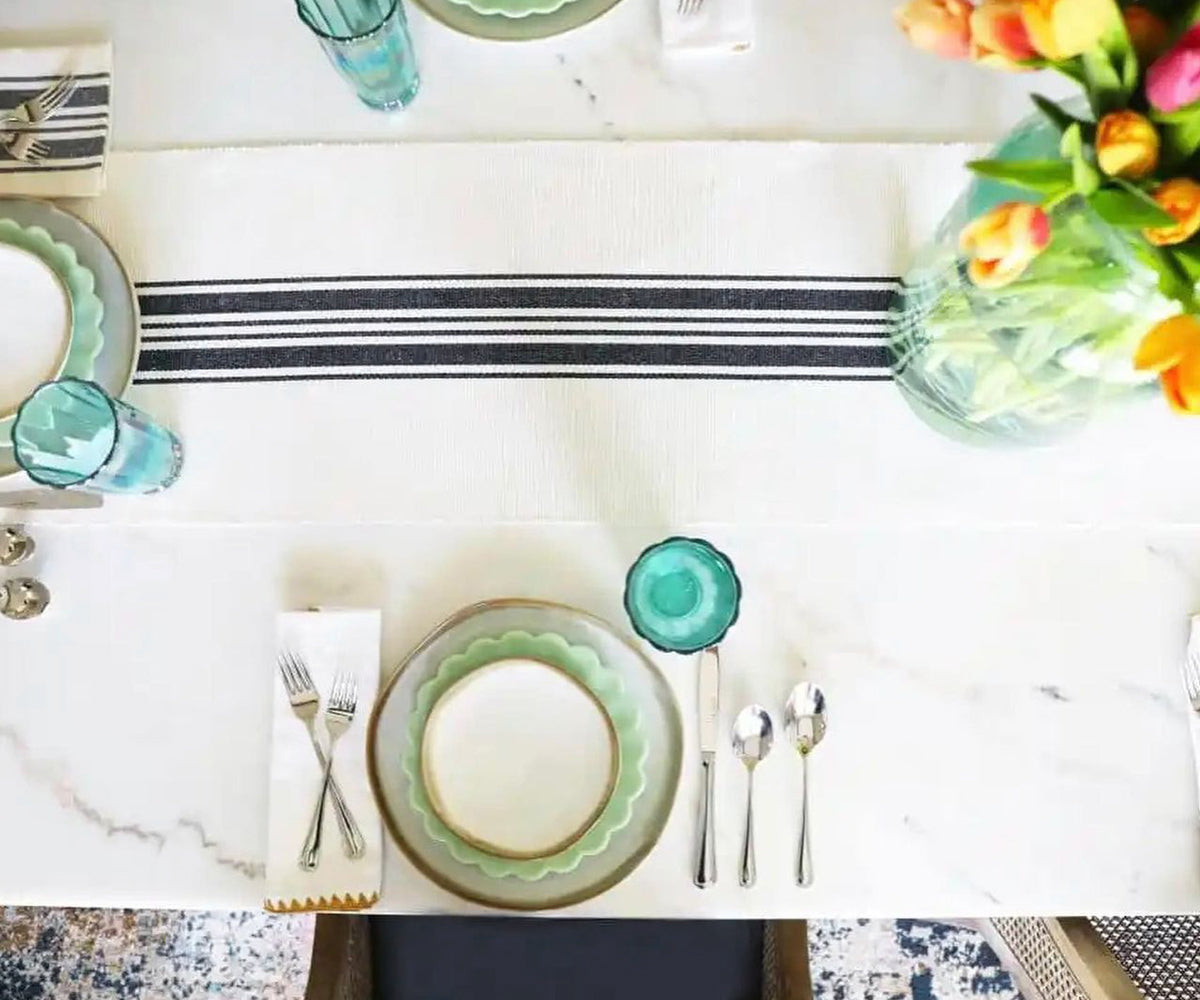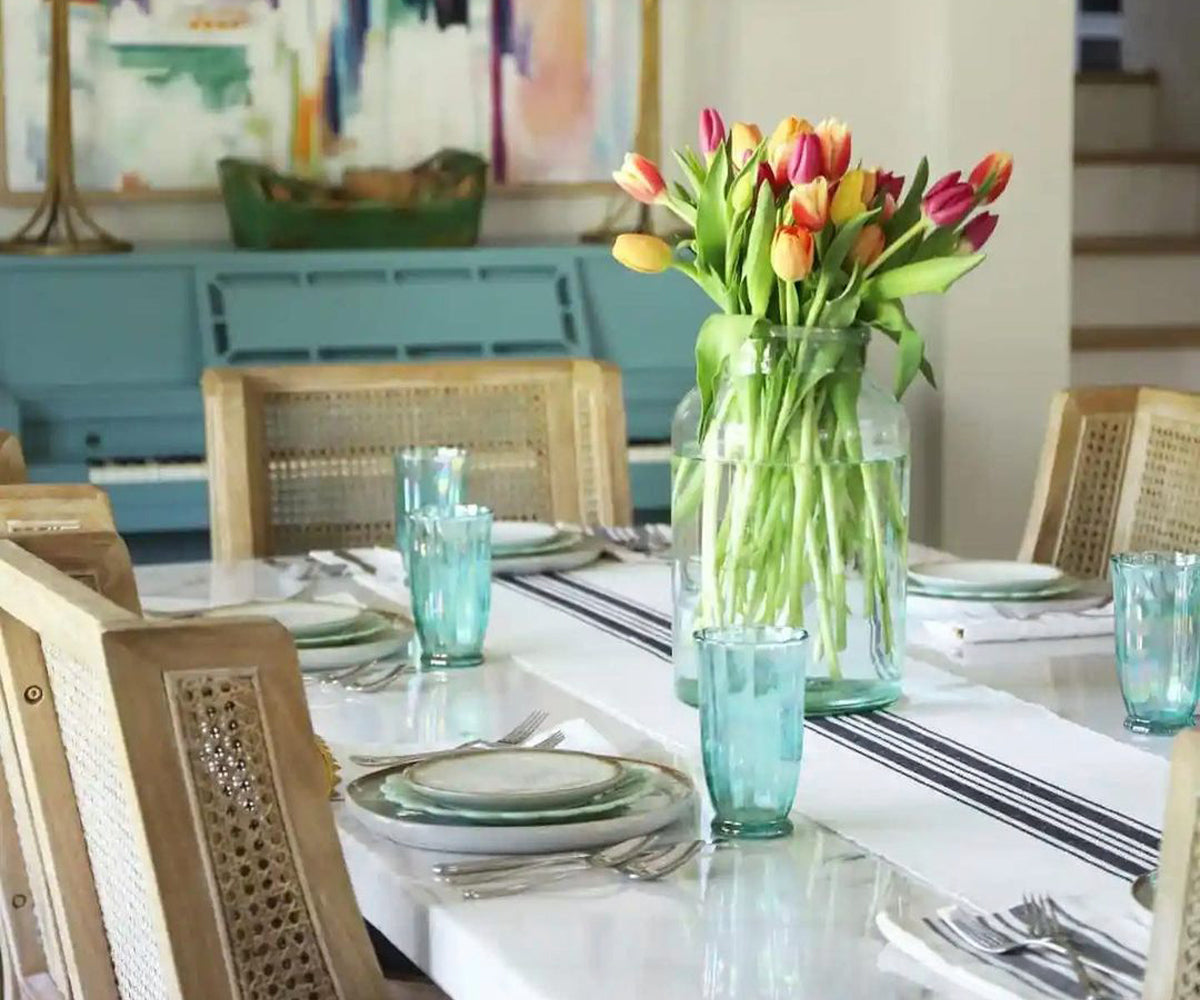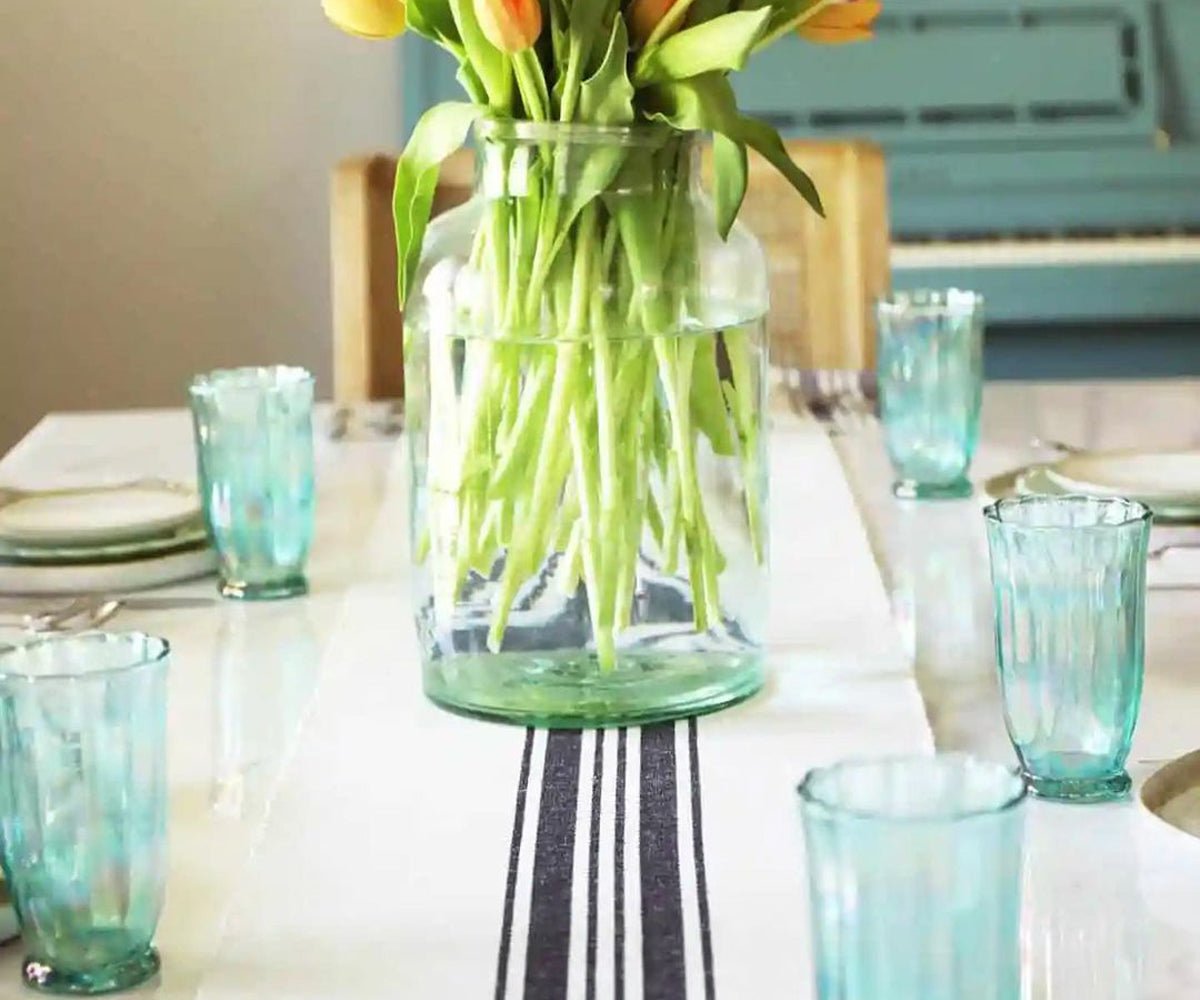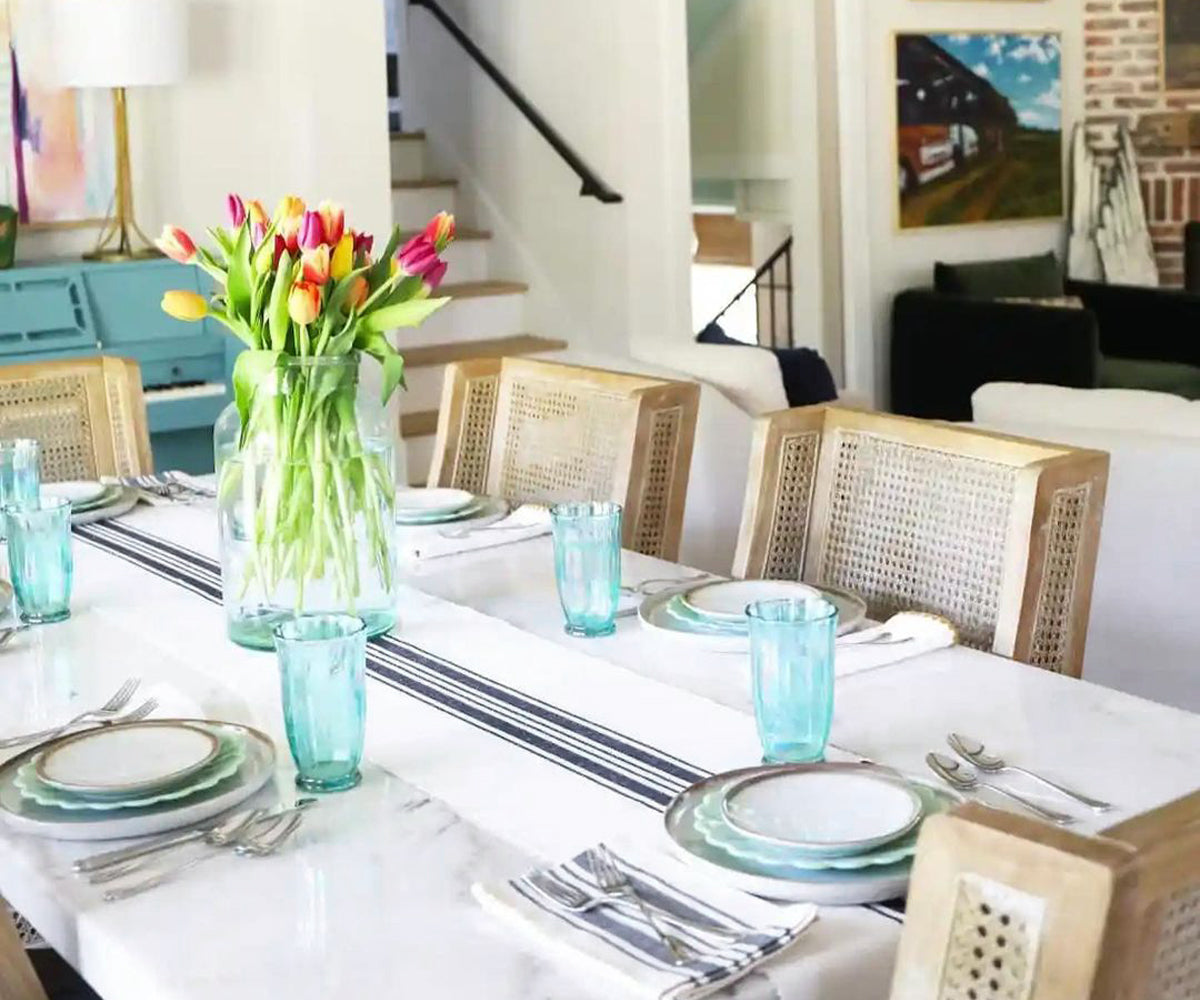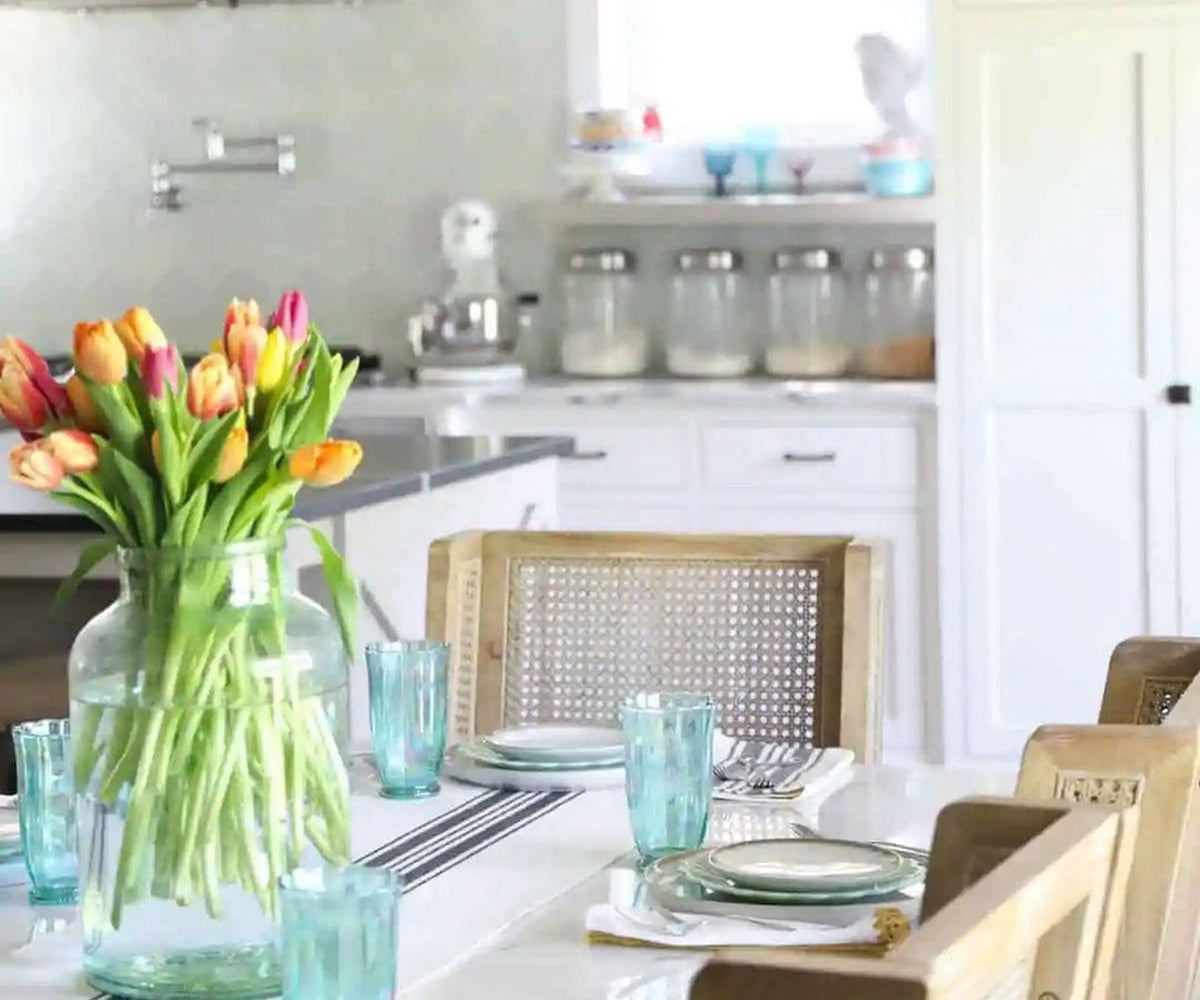1. Measure Your Space
Before you start shopping, measuring your space is crucial. Use a measuring tape to determine the width and length of your dining area. This will help you visualize what size table will fit comfortably without overcrowding the room.
Key Points:
- Leave Space for Chairs: Ensure you have at least 36 inches of space around the table for chairs to slide in and out comfortably. This space allows guests to move freely without feeling cramped.
- Consider Table Height: Standard dining tables are usually around 28-30 inches high. If you have low ceilings, a shorter table might be a better fit. You might also want to consider the height of your chairs, ensuring they match well with your chosen table.
Read More: How to Ensure Quality When Shopping for Home Décor Online
2. Determine Your Needs
Think about how you plan to use the table. Is it for everyday meals, special occasions, or both? This will help you decide on the size and shape of the table.
Key Points:
- Everyday Use: If it’s just for two or three people, a smaller, round table might work well. Round tables are also great for casual dining, encouraging conversation and a more intimate setting.
- Entertaining Guests: If you frequently host dinners or gatherings, consider an extendable table that can accommodate more people when needed. Look for tables with leaves that can be added for extra seating.
3. Choose the Right Shape
The shape of the table can impact how well it fits into your dining area. Here are some options:
Round Tables
- Benefits: Great for small spaces; they allow for easy movement and conversation. Since there are no corners, round tables can fit more people in a smaller area.
- Recommendation: A 36-inch round table is perfect for two to four people. You can also find pedestal bases that provide more legroom.
Square Tables
- Benefits: Works well in square spaces. They can also fit against a wall when not in use, making them versatile for small areas.
- Recommendation: A 36-inch square table can be a good fit for two to four people. It provides a cozy atmosphere and is easy to center in your space.
Rectangular Tables
- Benefits: Ideal for longer spaces. They can accommodate more people, making them perfect for family dinners.
- Recommendation: Look for tables that are 60 inches long to seat four comfortably. You can opt for a narrower table to save space while still allowing enough seating.
4. Consider Materials
The material of your table can affect its look and durability. Here are common materials to consider:
Wood
- Pros: Offers warmth and a classic look. It’s sturdy and can last for years, especially if well-maintained.
- Cons: Can be heavy and may require more maintenance. Make sure to look for finishes that are easy to clean and resist scratches.

Glass
- Pros: Creates an illusion of more space. Glass tops can be combined with various bases, giving you a modern aesthetic while remaining lightweight and easy to clean.
- Cons: Can be fragile and may show fingerprints. Look for tempered glass for added durability.
Metal
- Pros: Often lightweight and modern. Metal tables can bring an industrial feel to your dining area, and they’re often weather-resistant if you consider outdoor options.
- Cons: Can get hot in the sun and may not be as comfortable. Pair with cushions for a better dining experience.
Read Related: Vintage-Inspired Halloween Table Decor - A Complete Guide
5. Style and Design
Your dining table should reflect your personal style. Consider these aspects:
Color
- Neutral Colors: White, black, or natural wood colors can blend with any decor. They provide a timeless look that’s easy to accessorize.
- Bold Colors: If you want to make a statement, consider a bright or dark table that contrasts with your walls. This can become a focal point in your dining area.
Design
- Traditional: Ornate details and classic shapes can add a touch of elegance to your space. Think carved legs or rich wood finishes.
- Modern: Sleek lines and minimalistic designs are perfect for contemporary spaces. Look for tables with geometric shapes and clean finishes.
6. Multi-Functional Tables
In a small space, every piece of furniture should serve multiple purposes. Look for tables that can double as other items:

Drop-Leaf Tables
- These tables can be expanded when you have guests and reduced to save space when not in use. They’re perfect for small kitchens or dining areas that need flexibility.
Nesting Tables
- These smaller tables can be pulled out for extra surface area when needed and tucked away to save space. They’re a great option for those who occasionally need more table space.
7. Comfort and Functionality
Ensure that your chosen table is comfortable for everyone who will use it. Here’s how to assess comfort:

Seat Height
- Choose chairs that fit well with the table height. A good rule of thumb is to leave about 10-12 inches between the seat of the chair and the underside of the table. This ensures comfort while dining.
Space for Elbows
- Make sure there’s enough room for everyone to eat comfortably without bumping elbows. You can also test seating arrangements before making a purchase to ensure everyone fits well.
8. Choosing Chairs
Chairs are just as important as the table. Here are some tips on selecting the right chairs:
Size and Height
- Ensure the chairs match the table height for comfort. Measure both the chair height and the table height to find a good balance.
Style
- Consider chairs that complement the table’s style. Mixing styles can work, but ensure there’s a cohesive look. A traditional table might benefit from classic wooden chairs, while a modern table could look great with sleek, contemporary chairs.
Storage
- Look for stackable or foldable chairs to save space when not in use. This is especially useful if you have limited storage in your home.
Also Read: What are some Halloween decorations that can add pops of color to my home decor?
9. Budget Considerations
Set a budget before you start shopping. Dining tables can vary widely in price, so knowing your limit will help narrow down your choices.

Price Range
- Under $300: You can find good-quality, basic tables in this range. Look for sales or clearance items to get the best deals.
- $300-$600: Offers more options in terms of materials and designs. You can find unique pieces that add character to your dining area.
- $600 and up: High-end options that provide unique designs and durability. These tables often come with warranties or special finishes.
10. Where to Buy
Now that you have a clear idea of what to look for, it’s time to shop! Consider these options:
Local Furniture Stores
- Great for seeing the table in person and checking the quality. You can also ask for assistance from salespeople who can help you find the right fit.
Online Retailers
- Websites often have a wider selection and better prices. Look for customer reviews to help gauge the quality of the tables you’re considering.
All Cotton and Linen Online Store
- Don’t forget to check out All Cotton and Linen for beautiful table linens, cloth napkins, and tablecloths to complement your new table. They offer various styles and colors to enhance your dining experience. A well-dressed table can elevate your meals, making them feel more special.
Choosing the right table for a small dining area can be a fun process. By measuring your space, determining your needs, and considering materials, style, and functionality, you can find the perfect fit. Remember to look for options that offer versatility and comfort. Happy dining!
By following these tips, you'll be well-equipped to select a table that fits your small dining area beautifully while also enhancing your home’s overall aesthetic. Enjoy your shopping journey!


